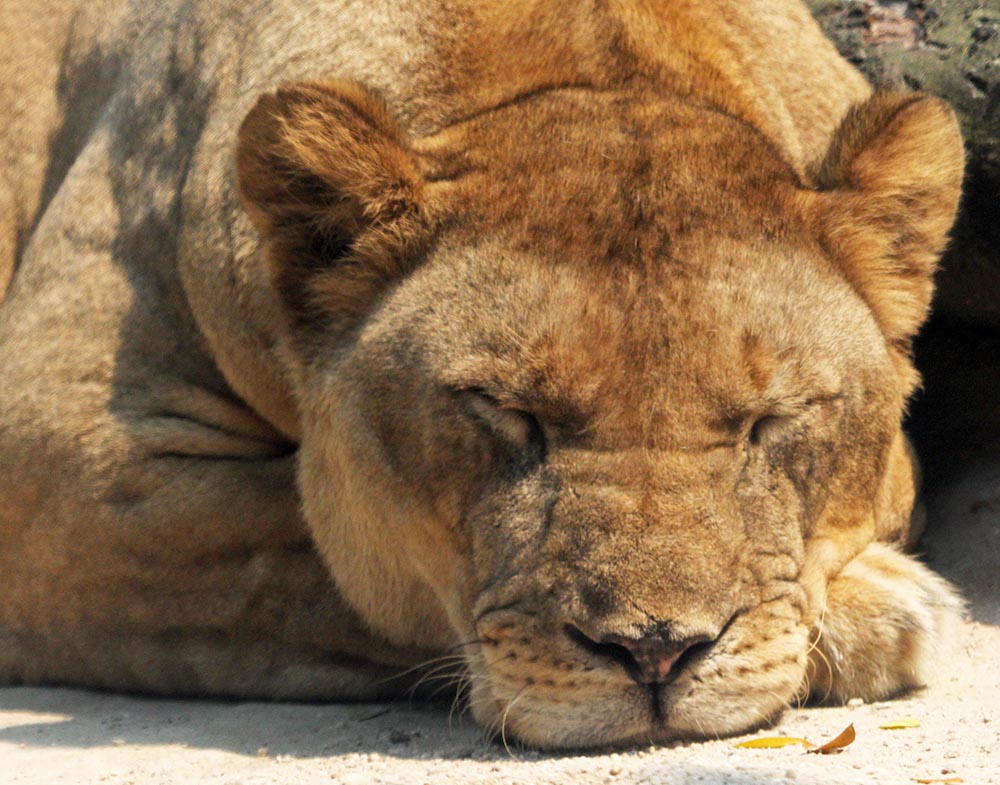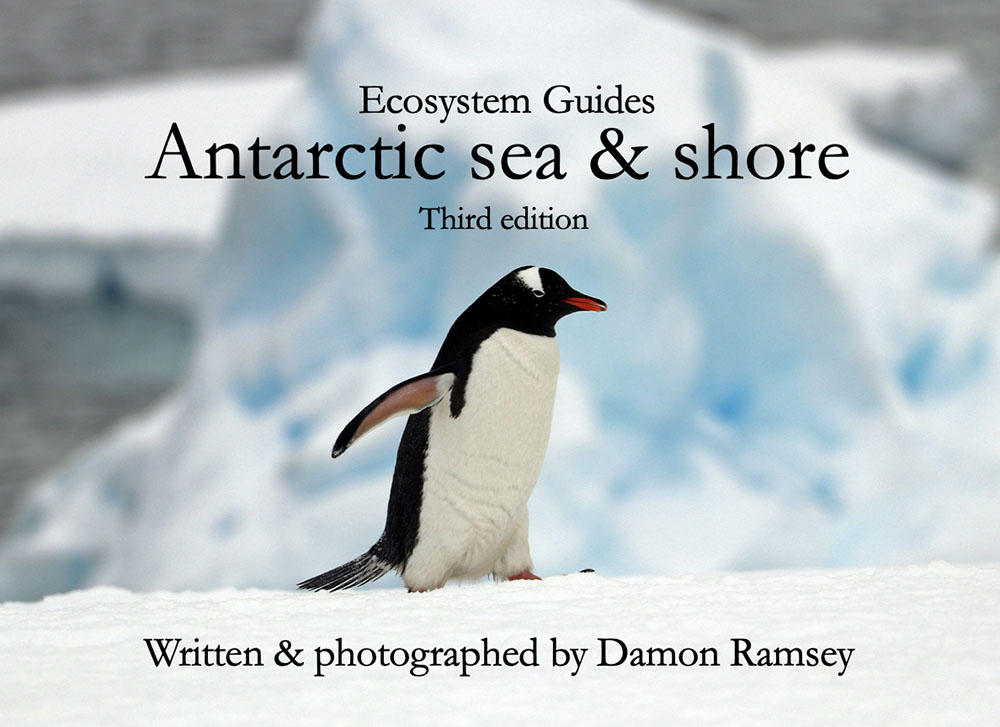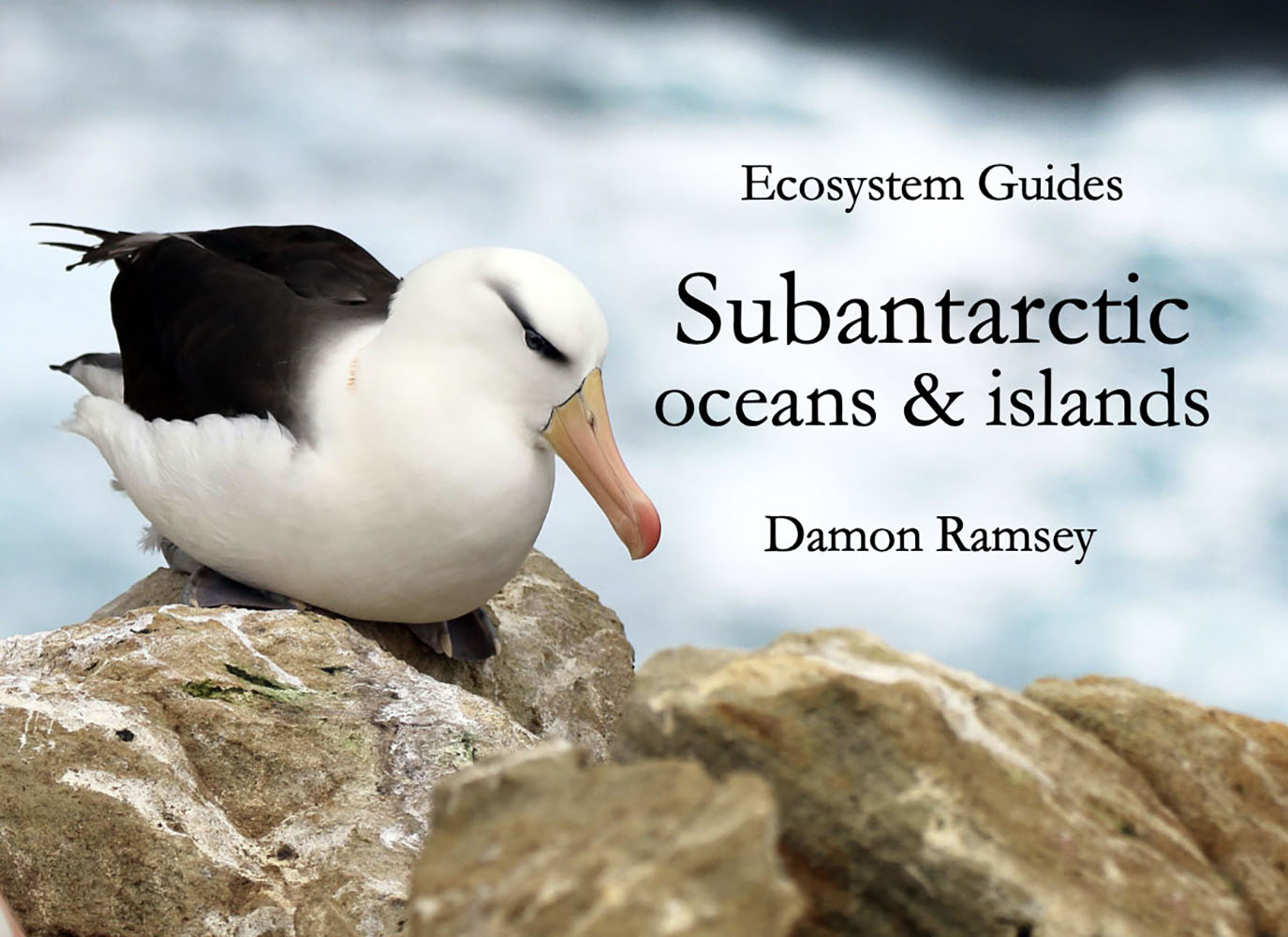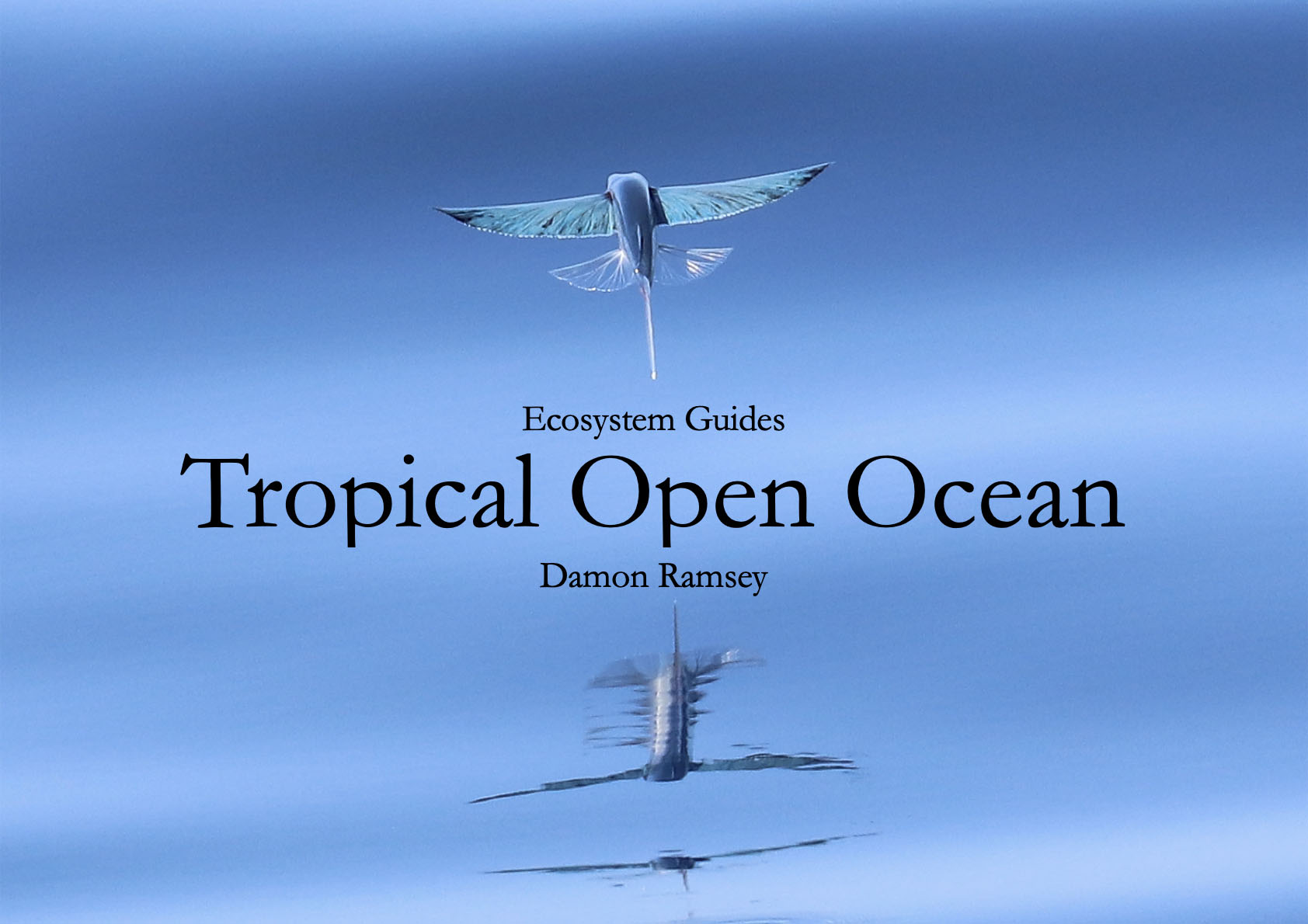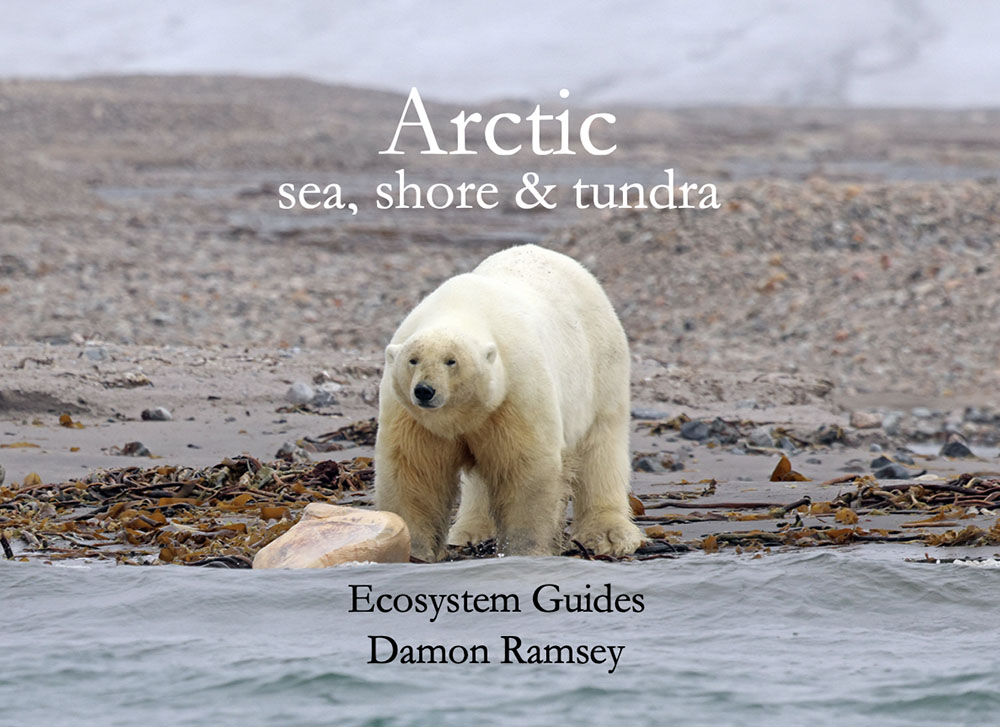ecosystem-guides.com
....exploring the planet's ecosystems
Countries & regions
to find nature & wildlife...
The following list of countries and regions is in alphabetical order...
Amazon
Of course it goes without saying, but any naturalist has to eventually go to the Amazon!
Personal experience: I have visited the Amazon River from four different countries. The first time was to Colombia in the mid 1990's.
The Amazon is big and wet. So for the latter, take an umbrella. As to the former, this gives you many options and ways to explore the Amazon river, it's tributaries, and it's rainforest...
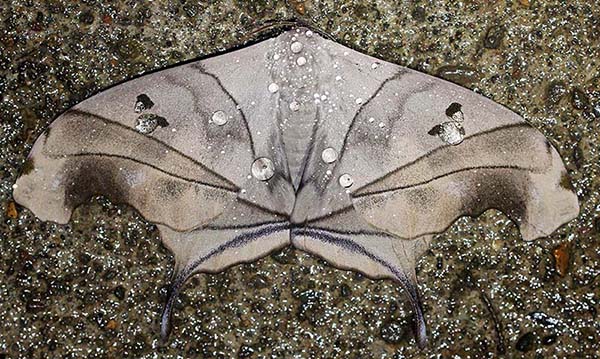
Brazil contains more of the Amazon than any other country. So there are lots of options. Most visitors fly from Rio to Manaus, the biggest city on the Amazon. From there, there is a range of lodges. I stayed at one of the cheaper options, called Antonio's Jungle Lodge.
Colombia includes much of the Amazonian rainforest, including the Amazon River itself. Most visitors fly from the capital of Bogota down to the busy river town of Leticia. From there you can access Amacayacua National Park.
Ecuador is a great country for eco-tourists. It includes part of the Amazon. Most visitors access this by flying from the capital of Quito to the river town of Coca. There are many packages that can be arranged overseas or in Quito. I stayed at one of the cheaper lodges, called Yarina Eco-Lodge. Even better is the rainforest in the hills on the slopes above the main rivers. I stayed at a place called WildSumaco Lodge.
Peru is another great country to access the Amazon. About 60% of the country is covered by the Amazon, a higher percentage than any other. Most visitors travel via Iquitos, however I went by the Manu road, which can be accessed by the beautiful town of Cuzco. This road has a number of lodges and these are located at a range of different heights, including: Waychega Lodge in the high altitude grasslands and cloud forest, Manu Paradise Lodge & Cock-of-the-Rock in the mid-altitude subtropical rainforest, Villa Carmen in the rainforest foothills and in Amazonia Lodge in the Amazon lowland jungle.
Antarctica
Personal experience: I have worked in Antarctica as a lecturer and guide, visiting the Peninsula on expedition ships for four seasons, as well as two seasons in the different sub-Antarctic regions.
This is the last continent most people visit. It is the most remote, coldest and unspoiled place on Earth. It is great for penguins, wildlife spectacles, and beautful scenery.
This is a huge area comprising it's own continent. The most accessible part of Antarctica is the Antarctic Peninsula.
There are many sub-Antarctic islands to visit on the way to Antarctica, including South Georgia and the Falklands/Malvinas off South America, Tristan de Cunha in the mid-Atlantic, Macquarie Island off Australia, Auckland Island, and Campbell Island off New Zealand.
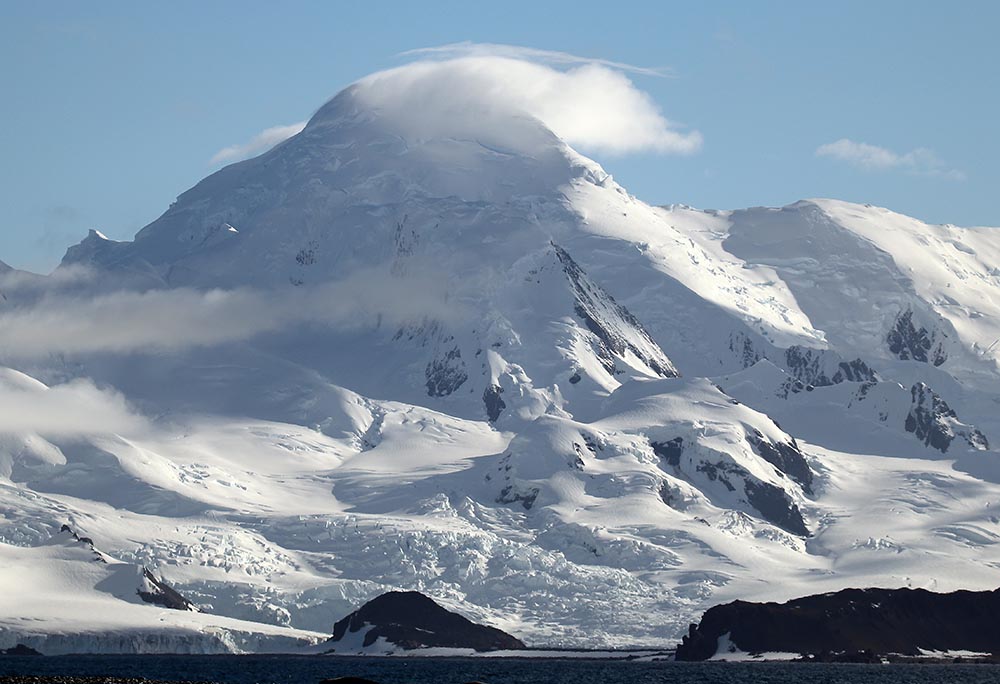
Many people who visit the polar areas often compare the two. They are quite different.
Where the Arctic is a sea (often frozen) surrounded by a lot of land, Antarctica is a continent surrounded by water, the Southern Ocean.
In many parts of the Arctic and the areas to the south, humans still hunt, kill and eat animals, including seals, whales and dolphins. The regions where this still occurs include Russia, Canada, Greenland, Norway, and the Faroe Islands (off the U.K.). In contrast, there are strict rules about interacting with wildlife in Antarctica, and animals on the continent are protected.
This obviously has different effects on the abundance of animals, and the behaviour of wildlife. In the Arctic, animals are much shyer and harder to observe, while wildlife is usually easy to see around Antarctica.
While the Arctic is a colder extension of the Holarctic biogeographical region, the Antarctic continent has been isolated for a long time. Thus, while the Arctic is home to flowers and songbirds, the southern continent does not have any.
Because it encircles the bottom of the planet, there are various ports from which to depart for Antarctic trips, including the southern parts of South Africa, Australia, New Zealand and Chile. However, most people leave from Ushuaia in Argentina and head to the Antarctic peninsula.
Antarctica does not have a high diversity of wildlife, as it generally lacks most of the basic groups, such as flowering plants, insects, amphibians, reptiles, songbirds, and land mammals. Thus, you have a good chance of seeing most species that are there in one or two trips. And because the same species are widespread, they can be seen no matter what part you visit. There are various species of seals to be seen, from both of the main groups of 'true seals' and 'eared seals'.
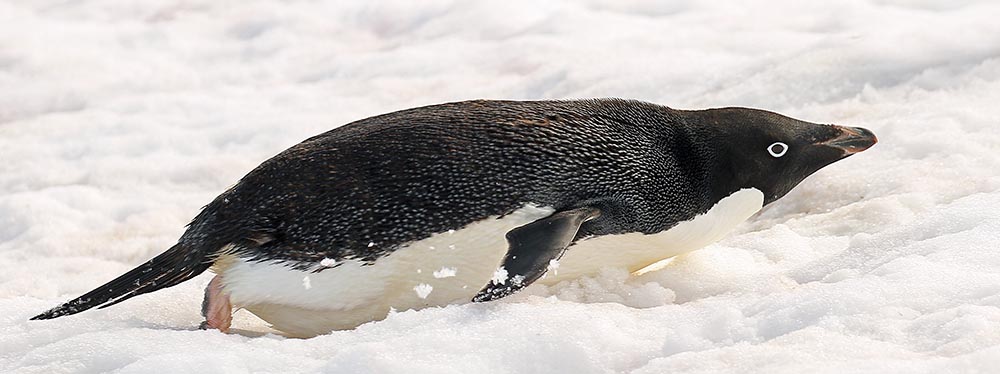
Antarctica is the most heavily visited area by expedition ships in the world. Because of this, there are strict regulations on the numbers of visitors allowed at the sites, and rules that must be followed. Most companies belong to IAATO (the International Association of Antarctic Tour Operators). They require that the majority of the guides that work in Antarctica must pass an annual test.
The easiest and most popular place is the Antarctic peninsula.
Arctic
While the Arctic does not have the obvious abundance of wildlife that Antarctica has, it has interesting culture and history, some spectacular animals, flowers and amazing scenery.
The Arctic includes the mostly frozen sea at the northern end of the planet. There is an 'Arctic Circle' drawn at 66 degrees, and countries that have land within this include Russia, U.S.A (Alaska), Canada, Finland, Sweden, Norway, and Greenland.
Because the region includes many different countries, there is a variety of plants, animals and cultures...

Differences between the Arctic and Antarctica. Many people who visit the area, do so after exploring Antarctica, and thus often compare the two. However, they are quite different. The Arctic is a sea (often frozen) surrounded by a lot of land, whereas Antarctica is a continent surrounded by water, the Southern Ocean. The wildlife in Antarctica is now very well protected. However, in many parts of the Arctic and the areas to the south, humans still hunt, kill and eat animals, including seals, whales and dolphins. The regions where this still occurs include Russia, Canada, Greenland, Norway, and the Faroe Islands (off the U.K.). This obviously has an effect on the abundance of animals, and the behaviour of wildlife. Thus, while animals are very easy to see around Antarctica, they are much shyer and harder to observe around the Arctic.
The temperature extremes for the eco-visitor to the two areas is different. While you will always be cold around the Antarctic continent, areas of coastal Greenland and Canada can be quite pleasant on a summers day, especially if hiking. The Antarctic continent has been isolated for a long time, but the Arctic is a colder extension of the Holarctic biogeographical region. Thus the southern continent does not have any flowers, songbirds, and very few insects. In contrast, the Arctic is home to all of these, and is actually surprisingly diverse in flowers. In fact, of the groups of organisms found in the Arctic, the flowers are the most diverse...
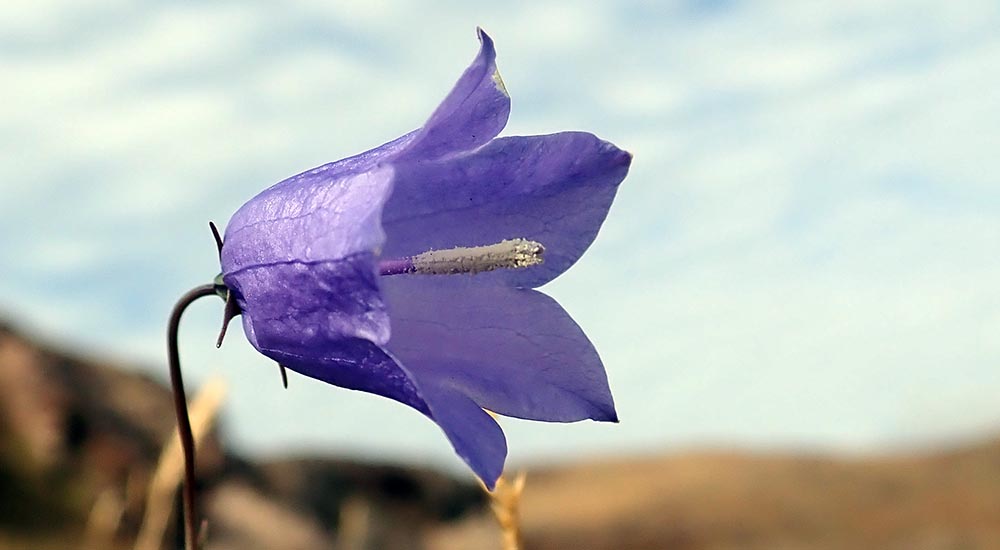
Because the northern areas of Europe, Asia and North America come together at the northern end of the planet, the Arctic includes a mix of species from these areas. Some of these plants and animals are widespread and common. Some species in the area migrate from other parts of the world, such as Humpback Whales and Arctic Terns. However, there are also species here that are more or less restricted to the region, such as Narwhal and Beluga Whale, and of course, Polar Bear.

The diversity and abundance of sea birds in the north is not as obvious as you might see around the Southern Ocean, especially in the tubenose group. While there are albatross and petrels just further south of the Arctic, in the northern Pacific and Atlantic, one species in this group is ubiquitous, the Northern Fulmar. There is also a variety of gulls.
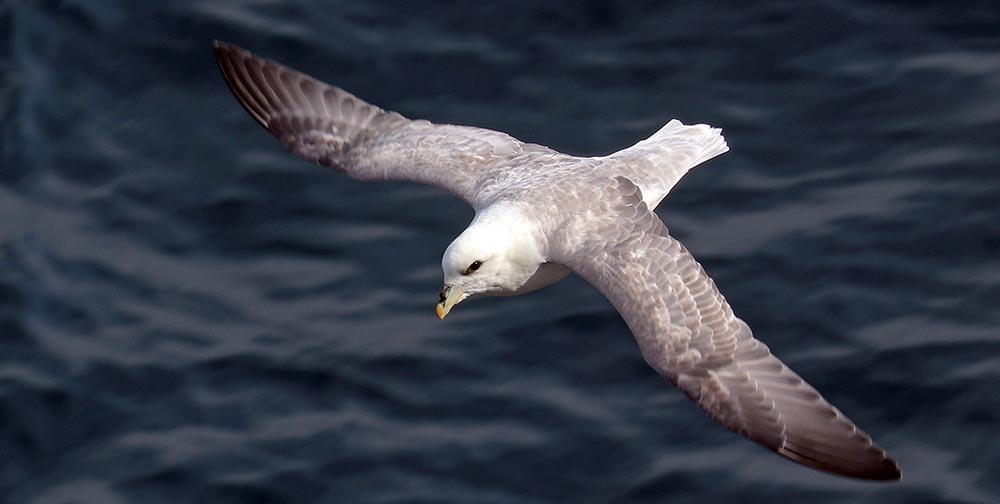
The Aurora (borealis): During the autumn, as the nights get longer, you don't have to stay up so late to search the skies for the 'northern lights', one of the highlights of the higher latitudes.
Auroras are best seen within a band called the auroral zone, which is usually 3° to 6° wide in latitude and between 10° and 20° from the geomagnetic poles. I have seen weak ones in Greenland, and pretty good ones in Canada.
The colours can include red or purple, but are much more commonly green. These colours are often very pale when seen with the human eye, so you might be disappointed, as they just look like white wisps of cloud. But if you take a photo with a digital camera or smartphone, the colours will look quite bright. And when you look back at your images, your memory will now be of striking green lights!
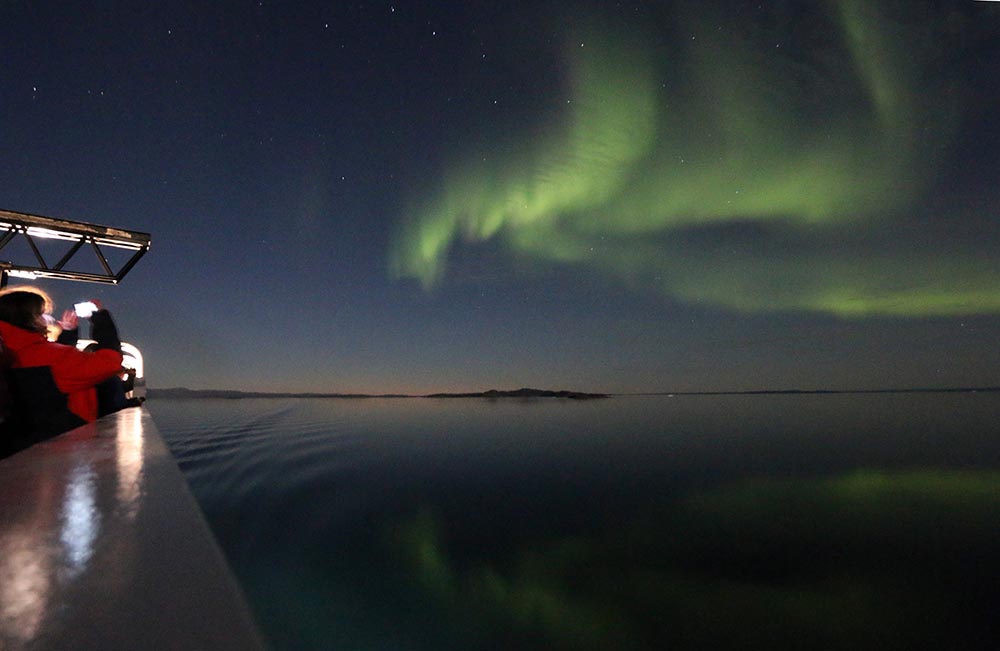
Conditions: As mentioned, for most travellers, the Arctic doesn't get as cold as the Antarctic continent. Generally, it is very dry above the Arctic circle, so rain is relatively rare. While the wind and waves can pick up, generally conditions along the coasts and in the fjords of Arctic Greenland and Canada can be quite calm. However, you need to be prepared and have multiple layers, including thermals underneath your regular clothes, and an insulating layer for warmth and a windproof/waterproof layer above that
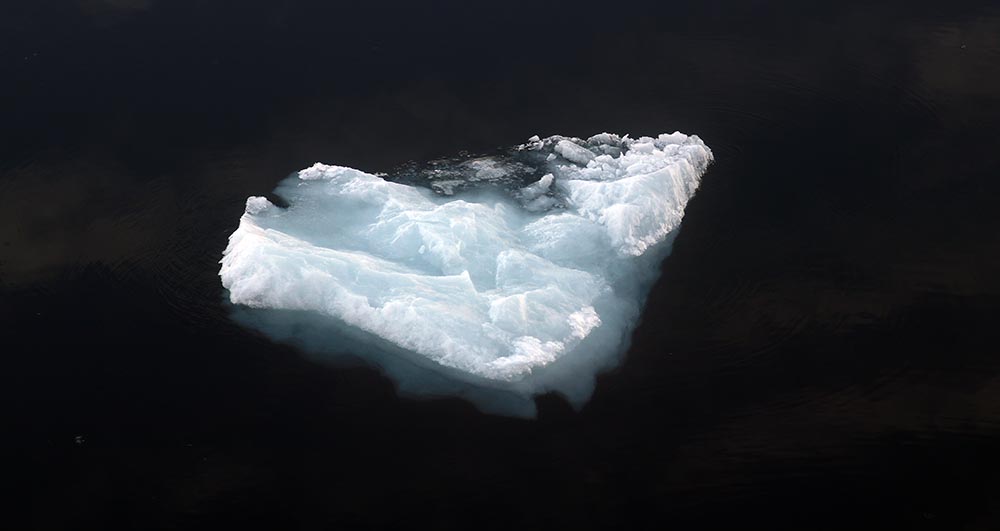
Access: While it is possible to fly to many parts of the Arctic, most ecotourists visit the area on ships. The area is very popular as an expedition ship destination, and there are many companies and ships that visit the region during the northern summer.
Argentina
I have visited Argentina for several short trips on my own, but am more often in the country just before or after working on a ship going to the Antarctic peninsula.
The largest city Buenos Aires ("BA") is a fun place, with nice architecture and of course nice restaurants. One of the most spectacular places in the country is Iguazu Falls. If you are after penguins and sea mammals, the Malvinas/Falkland Islands are an amazing stop. In the south is the Tierra del Fuego National Park.
Ushuaia is at the end of the road in Argentina. It is probably best known as the place most people start their Antarctic trips. If you have time, or a southern ocean trip returns early, then there are things to do around Ushuaia. One of the most interesting places is the Malvinas/Falkland Islands memorial. Just outside of town is the Tierra del Fuego National Park.
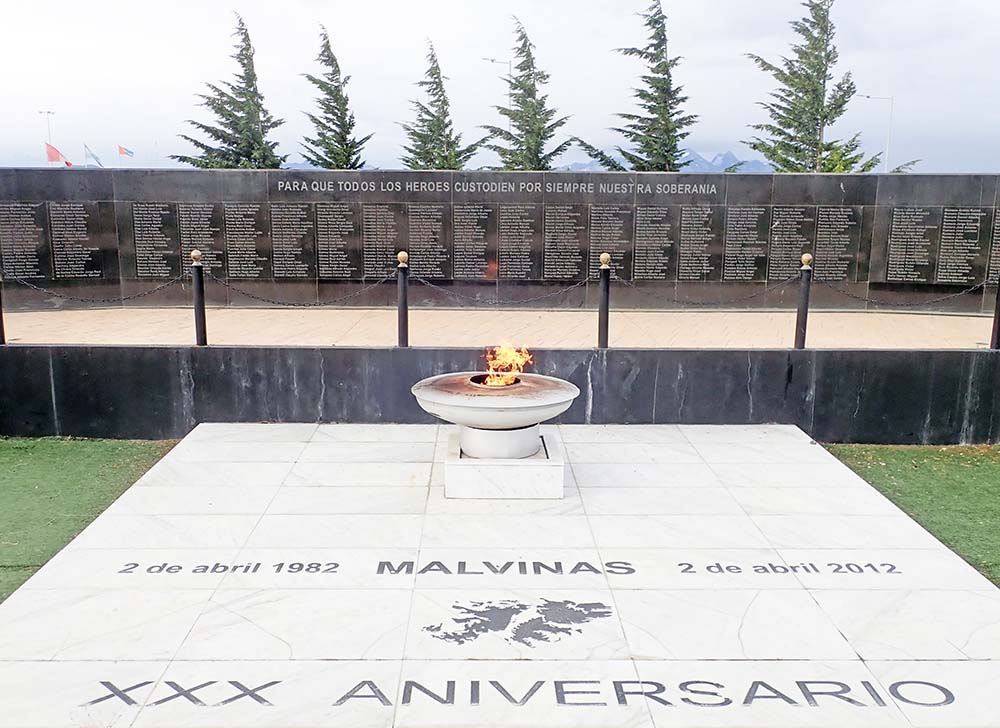
Australia
Australia is my home country, and I have recently returned to Cairns as my base. I have lived in 5 different states/territories, and worked in all states except ACT.
Australia can be viewed in three ways; as an island, as a continent, and as a country. From a biologist's point of view, we often refer to it as the "island continent". If seen as an island, it is the world's largest (and no, Greenland is not larger; it just looks that way on some of the old fashioned maps). As a continent, it is the world's smallest. And as a country it is the sixth biggest in the world (after Russia, Canada, China, the U.S.A. and Brazil). It covers over 7.6 million square kilometres, and is roughly the size of the continental United States, without the state of Alaska. Australia has a third of its land within the tropics.
Geographically, Australia distinguishes itself by its extreme flatness. It is in fact the flattest of all continents. The biggest range (or a series of ranges) is the 'Great Dividing Range', which separates the wetter eastern coastal slice from the drier western majority of the continent. But these 'ranges' are small by international standards.
Australia is also the world's second driest continent (Antarctica is the driest). In fact, the Mississippi/Missouri river system in the USA drains out more water than comes off the ENTIRE Australian continent. All of this doesn't affect most Australians, however, as the majoriy of us live along the comparatively wetter, topographically varied east coast.
Australia is a very safe place to travel from a cultural point of view. It is politically stable, does not suffer from internal war, few of its citizens would ever consider owning a gun, and it has a high standard of living. But that also means that also means travelling costs are much higher than South-east Asia, and more similar to North America and Europe (and in some ways even more expensive). You can go on tours (see below), but if you have time, and you are interested in nature, you are probably better heading out on your own. Cars can be hired from all the major centres. There are loads of places to visit, and many of these places are ideal for experiencing nature and/or wildlife watching.
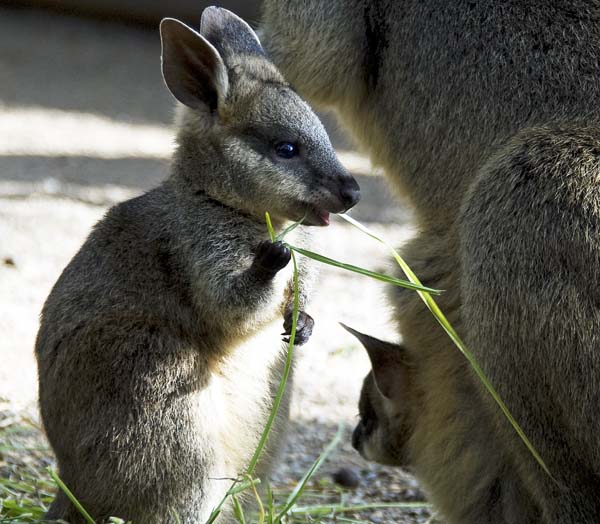
The biggest city in Australia is Sydney. It is not the political capital, but it is the most scenic and visited city on the continent. But even in Sydney there is nature and wildlife to be seen.
Drive up the east coast for 2 or 3 days and you will end up in the tropics. On the way is the beautiful subtropical rainforest, including the famous O'Reillys Lodge for birdwatching. For most of my adult life in Australia, I was based in the tropical north-east because this is where the biological diversity is the highest on the continent. The centre of this region is Cairns. The Cairns esplanade is famous for its muflats and bird-watching opportunities. In the leafy suburbs of Cairns are various natural places to explore, such as the Mt.Whitfield, the Lakes, and the Cairns Botanical Gardens. There are a number of wildlife parks and zoos in Cairns and the surrounding area, including the excellent Rainforest Habitat, Kuranda Butterfly Sanctuary, Hartleys, and Cairns Tropical Zoo.
In the waters alongside the tropical east coast is of course the Great Barrier Reef, the largest reef system in the world. There are many places to experience the coral reefs and tropical islands to explore. One of my favourite areas are the Ribbon Reefs. The Whitsundays is one of the more popular spots, with white sand beaches and blue green water, which you can explore by self-sailing, or even cheaper tours you can join as a group. However, the coral gets better the further you go north, and the reef is located closer to the coast. North of Cairns is one of the most famous places, called Lizard Island. A less expensive option with great wildlife is just off Cairns, combining coral reefs and hundreds of nesting seabirds; an island called Michaelmas Cay.
Just south of Cairns there are many places to visit. Paronella Park is a beautiful mixture of nature and culture, a Spanish castle built in the rainforest. Just south of Innisfail is the beautiful and secluded Etty Bay, a great spot to see cassowary, the largest animal in the rainforest.
Up in the Atherton Tablelands there are many excellent places to experience the rainforest and watch birds & other wildlife, such as the Fig Trees (Cathedral Fig and Curtain Fig) and Crater Lakes (Lake Eacham and Lake Barrine). As is the case with many rainforest areas around the world, some of the best wildlife experiences are around lodges; my two favourites being Chambers Lodge and Possum Valley. There are heaps of other birdwatching and nature lodges, including the Atherton Tablelands Birdwatching Lodge.
Further north of Cairns is Port Douglas, Mossman and the Daintree region. Across the Daintree River, there is an interpretative centre called the Daintree Discovery Centre. If you haven't got time to go off exploring and can only do day trips from Cairns, you can still get a taste of the Daintree and the Atherton tableands. There are plenty of day tour options...
South of the Great Barrier Reef is some great coral and fish on the Tangalooma Wrecks.
At the other end of the country is Tasmania. Due to this isolation of this island state, and the lack of the introduced wolf (the dingo), there is still a high diversity and abundance of native mammals to be seen. There are also great walking trails, flowers in spring, and many birds, including a dozen endemic species which are relatively easy to find. Great places to visit are the Tasmanian Devil conservation park, Bruny Island, Maria Island, Flinders Island, Narawntapu National Park, and Wineglass Bay.
Away from the mainland, and geographically part of New Zealand, but politically belonging to Tasmania, is Macquarie Island. This is well into the subantarctic region, and is thus home to thousands and thousands of sea birds, including albatross and penguins, as well as elephant seals.
The largest state (by far) in Australia is West Australia (WA). It extends from the tropics in the north, with coral reefs, savanna woodland and monsoon rainforest, across arid environments, and down south to rich flowering grasslands and tall Eucalyptus woodlands and southern ocean coastlines. My main work is in the tropical north-west. The main settlement here is Broome. There are other smaller towns such as Wyndham. Just inland from here is a great and easy birdwatching at Wyndham Caravan Park.
Most winters I work on ships for a few months along the Kimberley coast, a spectacular area of stark geological beauty and remote beaches. Within the Kimberley there are sites such as Montgomery Reef and Prince Frederick Harbour, Talbot Bay, and the Horizontal Falls. Just off the coast is the bird breeding islands of the Lacepedes. Further out in the Timor Sea is Ashmore Reef.
As you travel further south through the state of Western Australia, most of the habitats are arid until you reach the wetter south-west corner. Even along the coast from the Kimberley to north of Perth, it is mostly dry country. Much of it is remote. There are various island groups, including the Montebellos. Halfway down the coast where the continental shelf is at it's narrowest, is the world heritage and easily accessible Ningaloo Reef near Exmouth. One of my favourite walks on the coast is the Wanamalu Trail in Francois Peron National Park at Shark Bay, western Australia. South of Shark Bay and about 80 kilometres off Geraldton are the remote Houtman Abrolhos.
Inland Australia and it's arid habitats are probably the image most overseas people have of the country. One of the most popular national parks that includes arid habitats is Flinders Range National Park in South Australia.
Bangladesh
I had the chance to visit Bangladesh a few times in early 2019 on a Silversea expedition ship. As I was working on a ship, we only visited islands and the coastal lowlands, and I only a couple of spots. I probably would not have got around to getting to the Sundarbans in Bangladesh on my own, so I'm very glad I got the chance to get there.
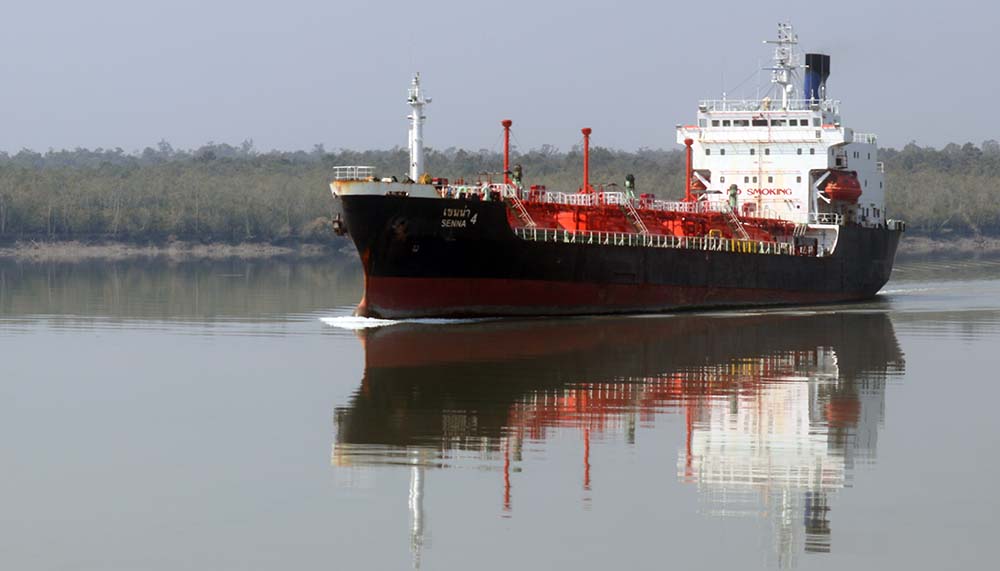
With a population of some 160 million, Bangladesh is the 8th most populated country in the world . It is also the 7th most densely populated country on Earth.
The most famous part of Bangladesh for wildlife is the Sundarbans. This is the largest area of mangroves on the planet!
Bhutan
I spent a week in western Bhutan during the northern summer of 2019.
The country is located between northern India and Tibetan China, and thus is dominated by the Himalayas. The highest point is 7,500 metres, while the lowest point is just under 100 metres. This huge range of altitudes means there are many different ecosystems within a short distance and thus a vast range of wildife, particularly birds.
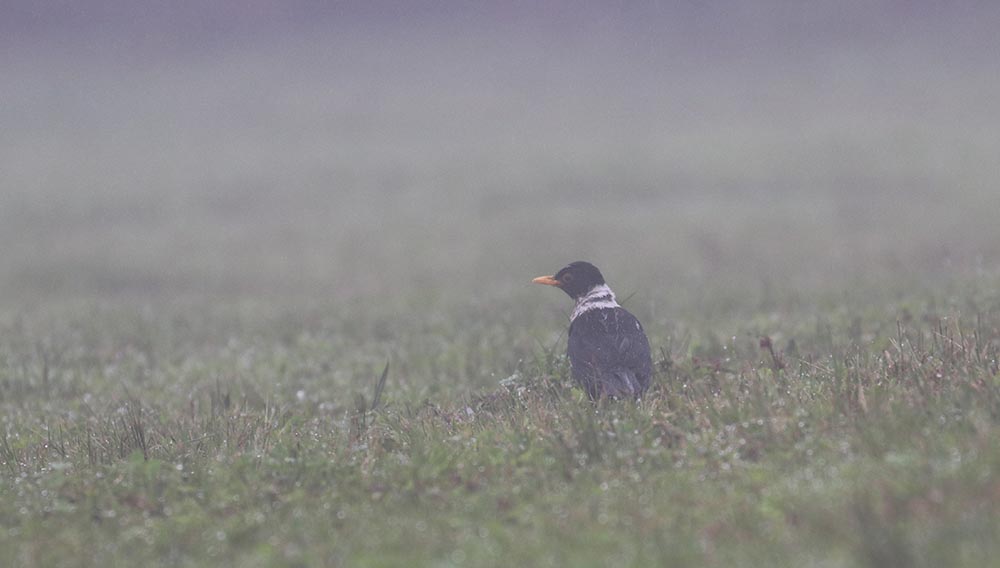
The religion is mainly Buddhism, and there are many temples and buildings with beautiful architecture in stunning locations, celebrating this.
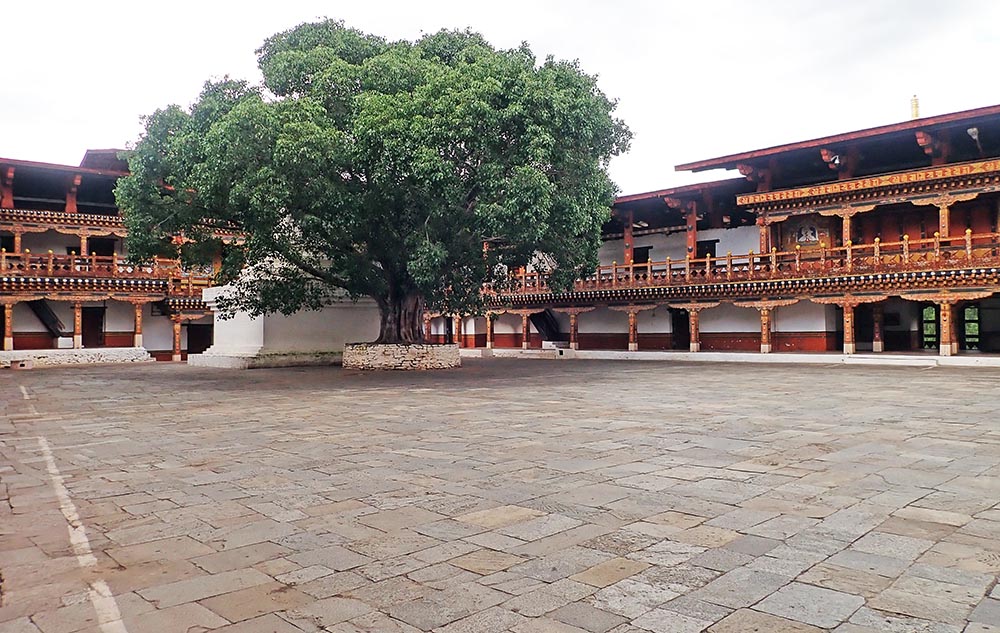
Other interesting beliefs are reflected in the 'flying phallus'; penises that can be seen as paintings on the side of buildings, and carvings hanging from roofs.
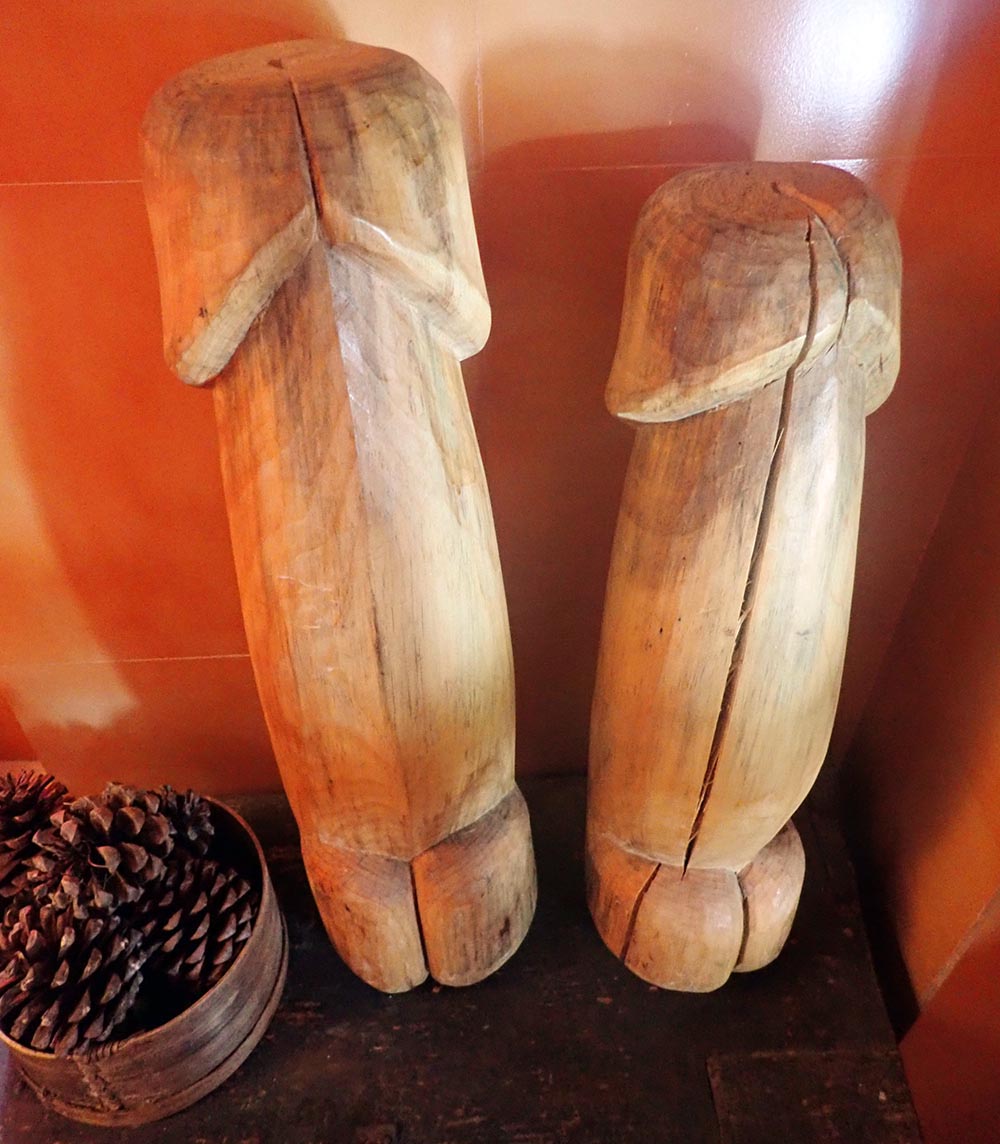
Due to Buddhism, many people are vegetarian, and slaughtering of animals is not allowed, and thus all meat is imported. The good result of this is that much of the wildlife is not scared and will stop still for observation and photography. The bad result is that domesticated animals such as cows and dogs roam freely. So when you are being driven around the country, you will often be swerving around cattle and you will be followed by dogs around towns and some natural areas closer to habitation.
Getting around: Among travelers, the country is probably most famous because you can not visit here independently. Flights are limited to the two local airlines and are thus expensive. A per day cost of U$200 - 250 is set by the government for any tours. (I heard from some people that this may have gone back up signifcantly - 2023). Thus you can not do a budget tour of the country. However, this cost is good value, as it includes a guide, a car, a driver, all accommodation and all meals! The accommodation is usually beautifully made in spectacular locations...
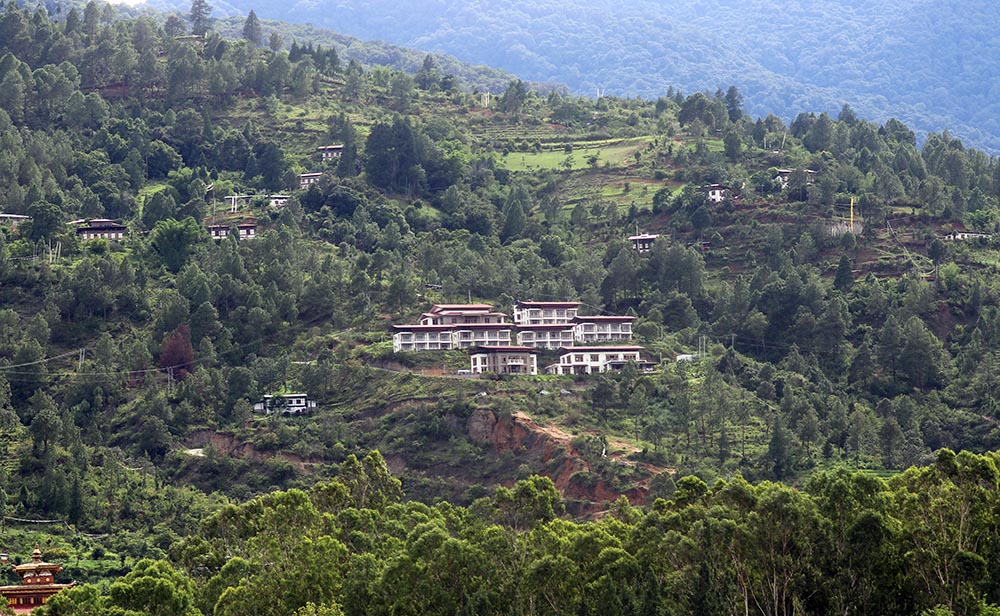
If you approach local operators directly you can pay extra, and get your own and customized tour. This is what I did, through Bhutan Birding. I had an excellent guide called Tshering Dorji, and he knew all the animals, including the bird calls. I didn't have any target species as I just like to explore an ecosystem and see what is there, but if you are a keen birder and have specific species you want to see, these guys will know where and when to go.
Dangers & annoyances: There is not too much to worry about while traveling, as it is a safe country and you are mostly with your guide the whole time. Because of this, you won't get lost, but you will notice many of the place names are spelled in multiple different ways.
Most of the roads are small and very windy, so be aware if you suffer from travel motion sickness, you will probably find the travel by car a challenge.
Also, as much of the country and many of the prettiest flowers and interesting wildlife is higher up in altitude, you may experience altitude sickness. The usual symptoms include headaches and shortness of breath (you will feel like you are out of shape when your heart races and you are out of breath from just walking!). If you get really sick, the only solution is to get to a lower altitude.
Oh, and there is the occasional leech, too.
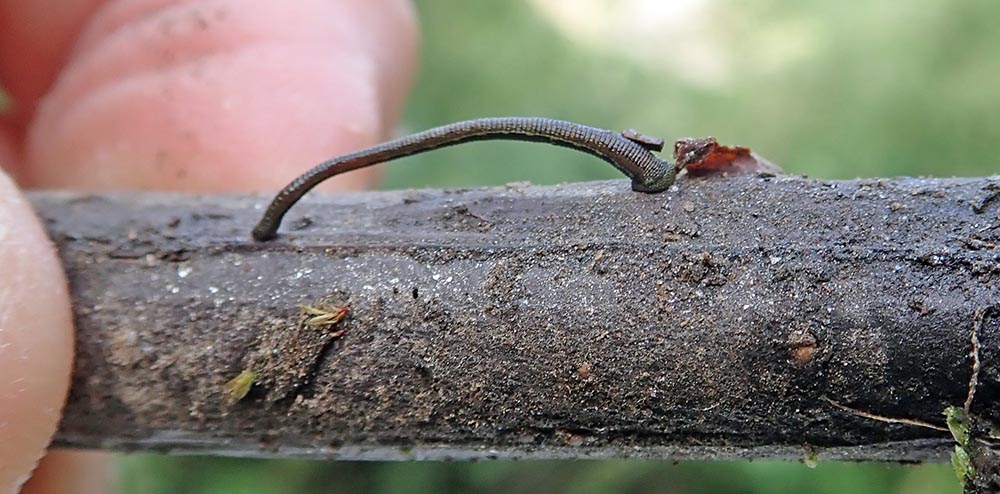
Because of the variation in altitude in a relatively small area, there is a high diversity of habitats. Within these habitats is a large variety of plants, from a range of different conifers which dominate certain vegetation types, to incredible displays of flowers in the mountains.
The range of habitats in a small area translates to lots of wildlife that can be seen, particularly birds. This includes widespread Eurasian species in the north, to typical tropical lowland Asian species in the south. But even more interesting are the many more localized species in the Himalayan foothills, slopes and high altitude passes.
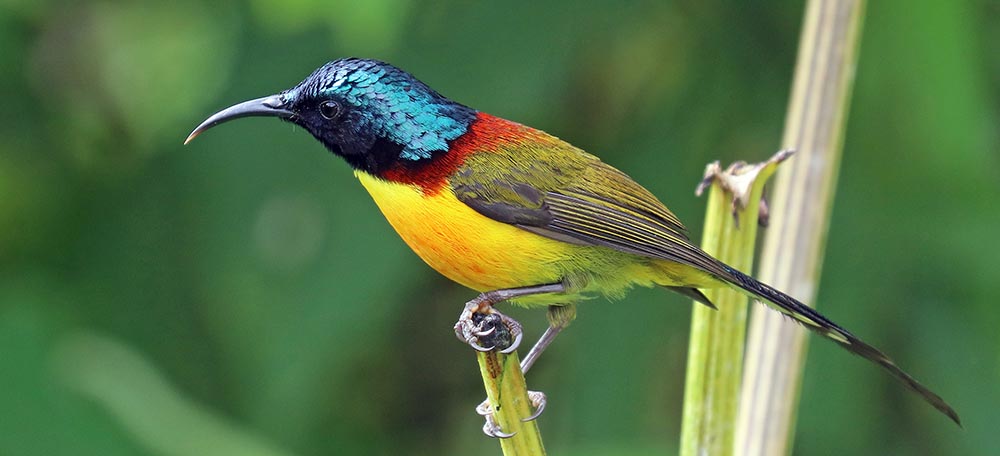
Some 42% of the country is specially set aside in officially protected areas. There is half a dozen parks and reserves. The second biggest national park in the country is Jigme Dorji National Park. But because so much of the country is still vegetated, there is opportunity to see native animals and plants outside of strictly protected areas. In and around the main towns of Paro and Thimpu are fast flowing rivers, good for common and rare birds. Some of the best birdwatching is just driving along the roads, and stopping and getting out to walk along, such as around the Lamperli Botanical Gardens. Some of the more interesting places to see birds and flowers are the high passes. The highest one on a road is Chelila Pass.
Botswana
Personal experience: I visited this country when exploring southern Africa for two months in the 1990's. As this was a few decades ago, I can only write in general terms...
Botswana is a land-locked country. It is surrounded by Zimbabwe to the east, South Africa to the south, and Namibia to the west. The people are reported to supposedly be one of the better off in any country in the African continent. However, the population is sparse, much of the country is either desert or wetland, and this is where most of the wildlife is found.
The main area people explore in this country is the Okavango Wetland. On the way I passed through the large dry desert known as the Kalahari. I only remember seeing goats, and that the area was parched white.
Within the Okavango, much of the area is protected in a place called Moremi Game Reserve. I arrived in an overland bus, and then we proceeded to travel by small canoe and camp in tents. We walked past massive Baobab trees, had elephants move through the camp site at night, watched waterbuck, and saw lots of birds.
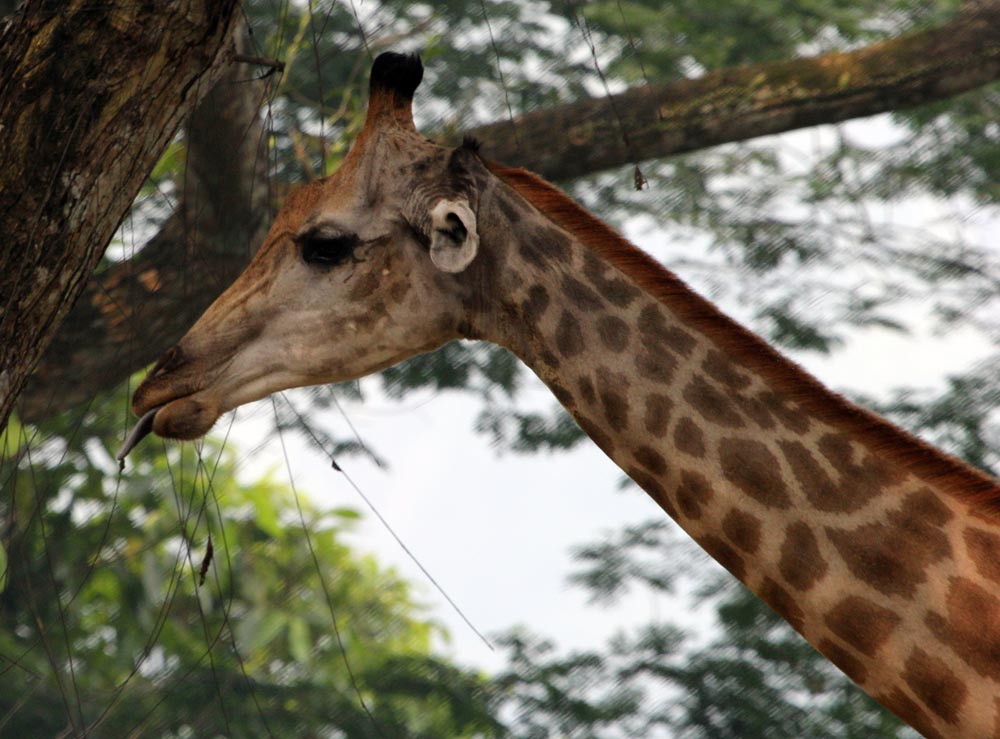 Sorry, I took this photo in a zoo. I didn't have a camera when I was in Botswana.
Sorry, I took this photo in a zoo. I didn't have a camera when I was in Botswana.Brazil
I travelled Brazil for a month in 2014.
Brazil is probably the most biologically diverse country on the planet. It has the biggest rainforest in the world. It has the biggest freshwater wetland in the world. What else do you want? If you are a biologist, naturalist or wildlife enthusiast, you just gotta go.
The main language in Brazil is Portuguese. Yea, so you have learnt all that espanol for travelling around the tropical Americas. Not much good here. Some of the written stuff is similar to Spanish, but the pronunciation is very different. No rolling 'rrrr's' here. I managed to bumble around with minimal language, and these days you can have some handy language apps on your smart phone just in case you are stuck.
If you are used to the cheapness of tropical travel elsewhere, particularly south-east Asia, Brazil comes as a bit of a shock, as it is not as cheap. The cheaper options, such as backpackers accommodations, are not always good. And the more popular places, such as Rio and the Amazon, are pricier. So you end up spending more money than you probably planed. The currency is the real (although being that in Portuguese nothing is pronounced as written, so it sounds like more like 'nngeal'... or something).
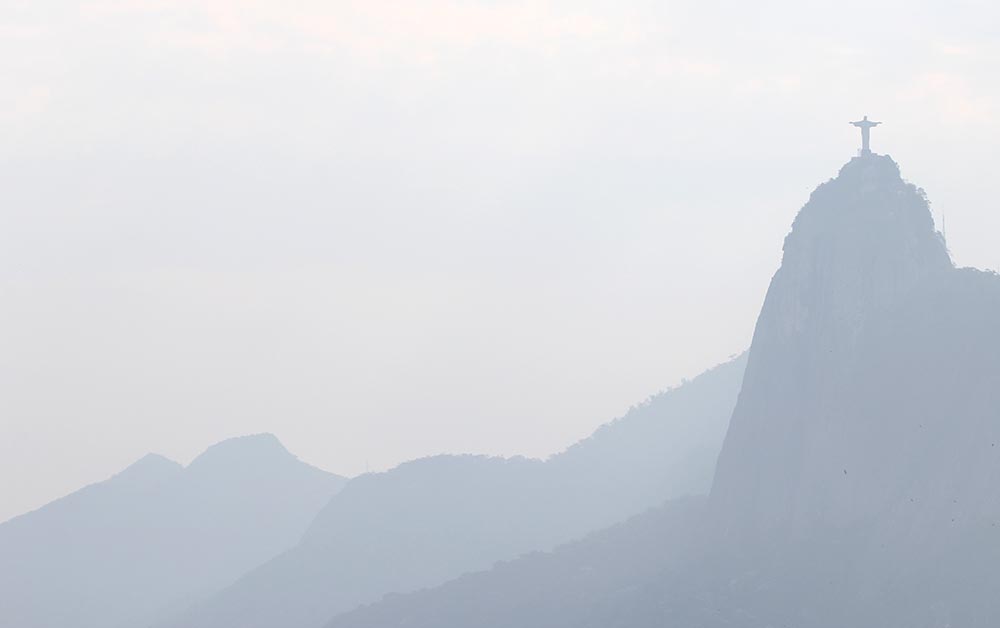
There are some famous spots that are worth visiting, and lesser known areas that need to be explored. The capital is Brasilia, but the most famous city is Rio de Janeiro. This is one of the prettiest cities in the world, with some good natural areas, including Sugar Loaf and the Rio Botanical Gardens.
The most famous natural area in South America is of course the Amazon. Most of the Amazon is contained within the country of Brazil. There are various options for accommodations and tours here. Many tourists go via the larger city of Manaus, near the Rio Negro. When there I stayed at Antonio's Jungle Lodge. One of the most spectacular spots in Brazil is Iguassu Falls. The falls themselves are great, but the surrounding rainforest is beautiful. By far the best wildlife experience in Brazil, and one of the best in the world, is the Pantanal. It has incredible birdwatching, and other great animals and plants, and good lodges. I stayed at two lodges, including the Hotel Pantanal Mato Grosso and Pousa Alegre.
Cambodia
I spent several weeks here as an independent traveller in early 2019.
Cambodia is a relatively recent country to ecotourism. There has been decades of political turmoil, including the Khmer Rouge of the 1970's and it's genocide. The resulting instability left large areas of the country were left undeveloped. However, the last few decades have seen a new government and very fast development. The country still holds the largest lake in tropical Asia and the largest tracts of seasonal deciduous woodlands, but this may not last long...

There is a local currency (riel), however the value of notes is now so low, it is barely worth dealing with unless you are on a very tight budget. I dealt mostly with U$ dollars.
Many things such as transport, accommodation and food can be cheap. However, to go on a quality guided nature tour, or stay at a lodge with good access to wildlife, you have to pay more. The main company that organizes and often has exclusive access to lodges is Sam Veasna. This environmental tour company runs nature tours to many of the hotspots and knows the birds and wildlife. You have to pay for their service, but it is worth it, as they are very organized. Also, part of what you pay for goes directly to the community based conservation. Otherwise, wildlife can be difficult to find.
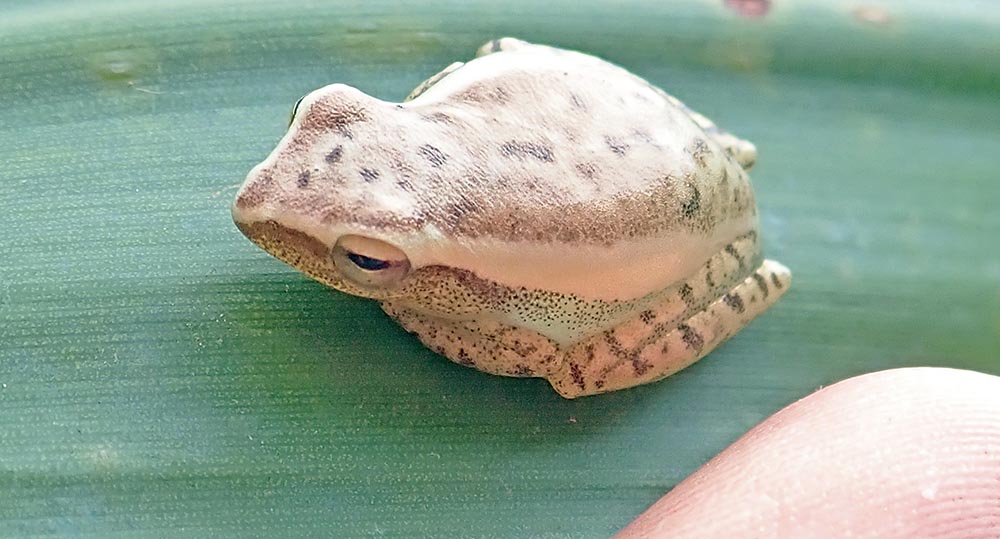
There is a range of habitats in Cambodia. The most famous place to visit in the country is of course the temple at Angkor Wat. Like many human-made attractions, there is nature and wildlife to be observed here as well.
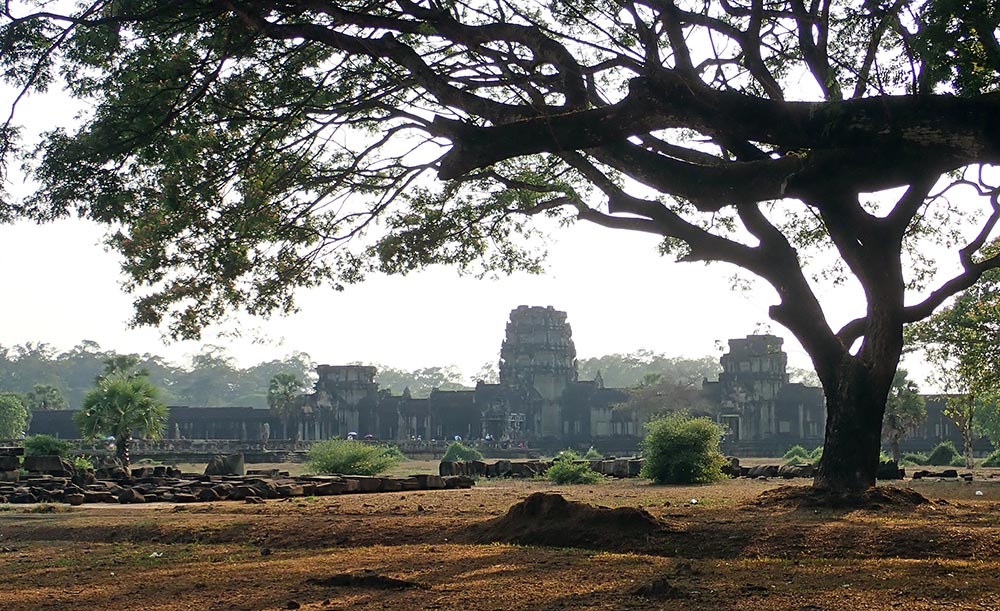
The closest town to Angkor Wat is Siem Reap, a nice little collection of boutique hotels and eateries. From here, you can also access the largest lake in south-east Asia, Tonle Sap, and the bird reserve at Prek Toal.
Siem Reap is also the base to going further afield, such as the Florican Grasslands.
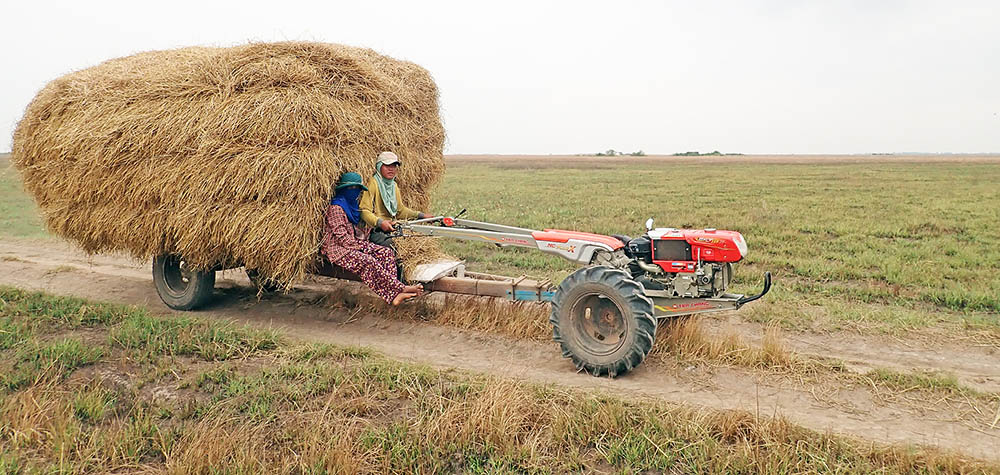
In the north of the country is the largest remaining expanse of tropical deciduous woodland in south east Asia. This includes various areas such as Kulen Prontemp. To explore this area, most eco-tourists base themselves at the Tmatboey Lodge.
In the east and the south east, there is some elevation and rainforest. One of the larger tracts of rainforest is known as Keo Seima Wildlife Sanctuary. This is accessed via the town of Senmonorom. Here there is a nice place to stay called the Nature Lodge. Inside Seima, there is the Jahoo Gibbon Camp.
Canada
I was lucky enough to see some very scenic parts of Canada while a member of the expedition team with Silversea in the northern summer of 2019. While on board I gave my lecture: "An introduction to Canada; The land of Canucks, Chinooks, and Captain Kirk - and the second greatest country in North America!".
Canada geographically dominates North America, as it is bigger than the U.S.A. In fact, at almost 10 million square kilometres, it is the second largest country in the world. The population is relatively low, with less than 36 million people. Most people live in the south, not too far from the U.S.A. border.
Some of the land, such as Alberta, is famous for the fossils of dinosaurs, including the largest Tyrannosaurus skeleton ever found. Canada also has the oldest fossils of multi-cellular animals in the world. Elsewhere, the land is among the oldest rock in the world. In 1999, the oldest known rock on Earth was dated to 4.031 billion years, in north-western Canada.
It is estimated Canada has over 2 million lakes. In fact, there are more areas of lake in Canada than every other country in the world combined. In the Arctic north the land is dominated by Tundra, but much of the rest of the country is covered in forest, including various Conifers and of course Acer. Various species of these Maple are found in Canada, and are a symbol of the country, including of course on the red and white flag.
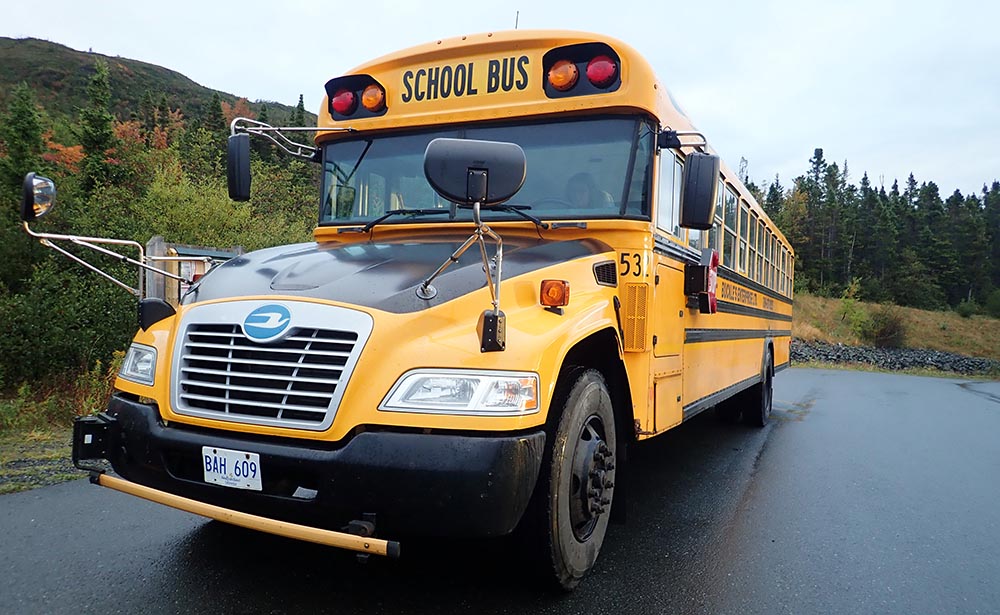
It has the longest coastline of any country in the world. And it has the largest recorded tides of any place in the world - 16.3 metres at the Bay of Fundy. And it is one of the best places in the world to see the 'northern lights', the aurora borealis.
In Autumn (or known in North America as Fall), the leaves start to lose their green colour producing chlorophyll, and the other anthocyanin and carotenoid pigments are revealed in the weeks before the leaves go brown, die and fall off. During this time of the year, the forests turn various reds and oranges, and the tourism to appreciate this is known as 'leaf peeping'. There are other interesting plants, such as the Purple Pitcher Plant. This is not related at all to the Asian Nepenthes Pitcher Plants, but they look quite similar.
Because of the large expanse of wild areas with low population, the north retains examples of megafauna. The most famous are the Polar Bears.
The fjords of northern Canada are good for Arctic cetaceans, such as Narwhal and Beluga; although keep in mind views of these marine animals are often just splashes and lumps in the water. Torngat Mountains National Park has incredible scenery and hosts wildlife. Bonaventure Island hosts one of the biggest Gannet breeding colonies in the world.
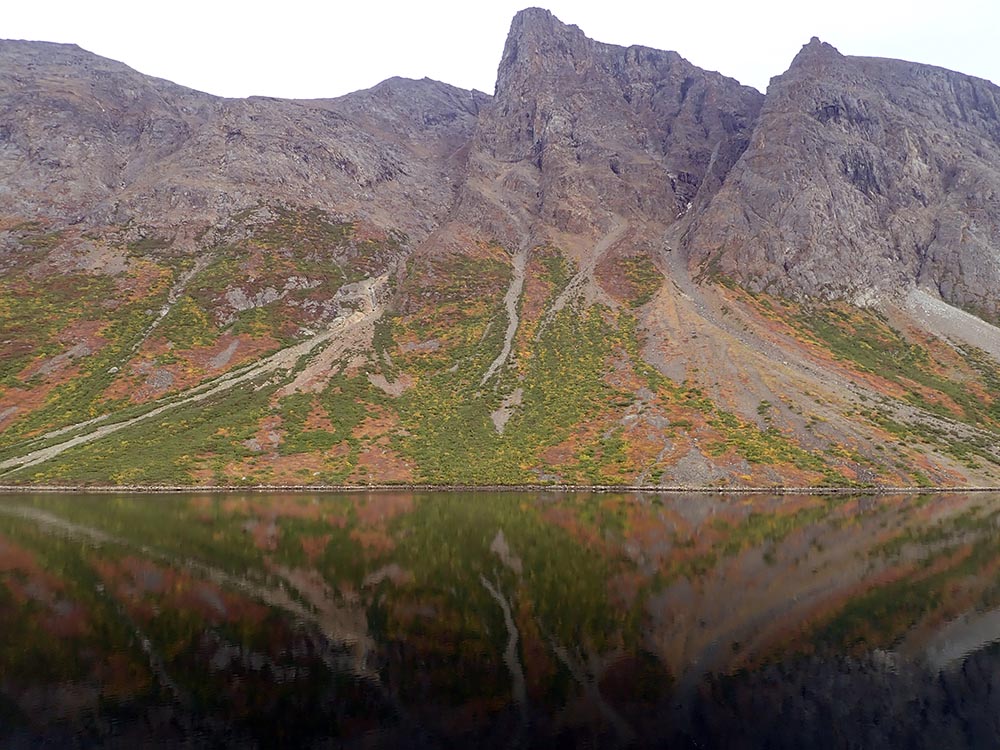
Many cities in Canada are easily reached by international flight. You can also easily cross the border from the U.S.A. Access to the more remote northern parts of the country are trickier. Expedition ships regularly explore the top end of the country, including up into the Arctic.
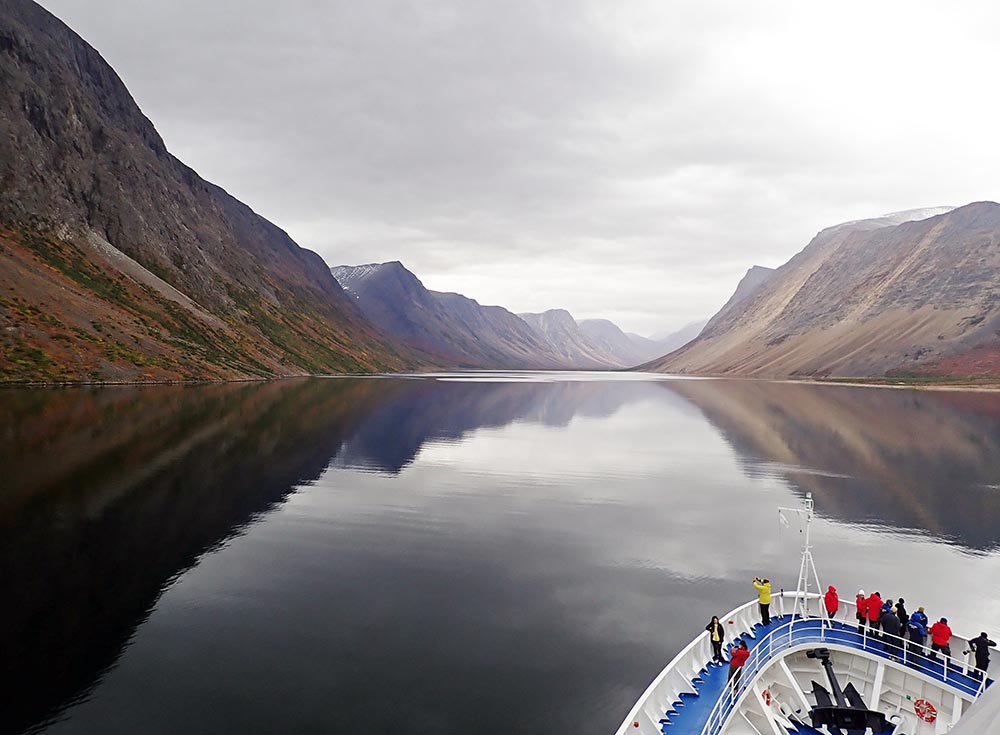
Chile
I have been to this beautiful country many times, starting from 2004 and up until 2023. Most of the time it is just for a few days before or after working on a ship, but I have also been lucky enough to explore the Chilean Fjords, the rainforest, several towns and cities, and of course Easter Island.
Chile is the 'skinniest' country in the world (very long but narrow). As such, it covers a huge range of habitats, from the driest hot desert in the world (in the north), to glaciers and penguins (in the south), to the temperate rainforest (in the centre).
Even through it is a South American country, it feels very European in some ways, and it is certainly not as cheap as most other tropical Central and South American countries. The main language is Spanish, so things work a lot smoother if you know some espanol, but it is possible to bumble around the country without. Most people you will encounter will not speak English, but there will be enough to get around, especially in the hotels, etc.
There are a lot of habitats and animals and plants to see. There is a very large percentage of plants and animals that are endemic (that is, they can not be seen anywhere else).
Santiago is the capital of Chile. It is an easy city to get around as there is an abundance of taxis, and they are good value. There are a lot of one way streets, so going via a car, you may not go in a very straightforward direction. You can get around on the subway trains, but they can ge very crowded all day on weekdays.
I found it was suprisingly hard to get good coffee in Santiago! If you are a guy, you might enjoy the cafes that are endemic to Chile that are called Cafe con piernas. These have waitreses in tiny skirts (and less in the dodgier cafes with shaded glass) and tight tops. The coffee is great, and the ones in centro service the business men.
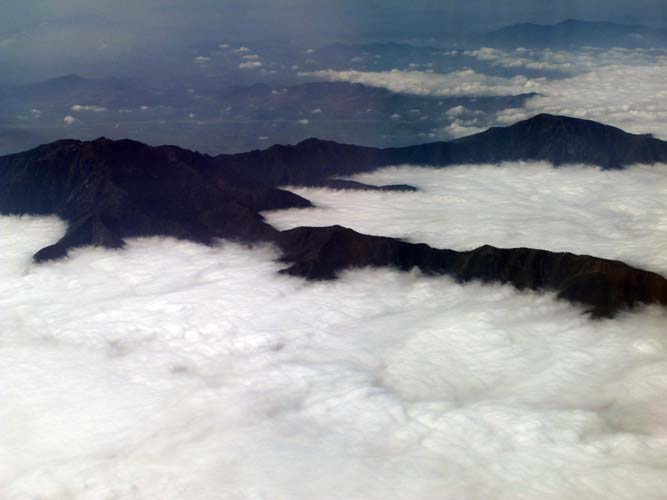
There are many colonies of seabirds and mammals that occur along the Chilean coast, from the arid north, to the cold icy south.
In the north, they have what are reported to be some of the most densest wildlife areas on the planet, with massive crowded colonies that include cormorants, seals, pelicans, and Humbolt penguins.
In central coastal Chile are colonies on the islands of Chanaral. Here, there are South American Sea Lions, Humboldt Penguins, Red legged Cormorants, Peruvian Pelicans. I have also seen 'Marine Otters' here, rare animals that are smaller than the better known 'Sea Otters' of north America.
One of the most spectacular parts of the country are the Chilean Fjords of the south. This area of southern Chile and Argentina is known as Patagonia, as it is sparsely populated, and with dramatic landscapes, from the Andes, through to the grasslands, to glaciers. Within the Chilean Fiords is the Tic-toc Marine reserve, a small area that includes islands with good wildlife.
Off the coast are a number of famous islands that come under the Chilean 'insular' territory, including Rapa Nui (Easter Island), and the Juan Fernandez ('Robinson Crusoe') archipelago.
Colombia
Personal experience: In the 1990's I backpacked through the natural areas of North, Central and South America. During that time, I spent a month in Colombia. As this was in the mid 1990's (20 years ago !), I can only write generally about the nature and wildlife options there. This was before digital cameras and I didn't even have a film camera, so sorry no photographs from the time I was there.
Colombia is located in the north-west corner of South America. It is well developed, and the bus services are of good standard in the main higher altitude parts of the country. As you are in the Americas, and not Asia, you do have to watch out for your gear and safety somewhat. In the capital Bogota, I just didn't go out into town after dark. And if you order a cafe con lechein the highlands; you might get some rum in your coffee!
Colombia is often considered the most biologically diverse country on Earth (for species on land, at least). Part of this is due to the variation in topography (from the high Andes to both the Pacific and Atlantic coasts), and thus a range of habitats (from alpine to lowland tropical rainforest to coral reef).
In fact, this range of habitats is the main reason I travelled there. I visited the Central American-like rainforest of Tayrona National Park in the north, the Andes down the centre, and the lowland rainforest of the Amazon.
In the north is Tayrona National Park. This is located on the northern coast, on the Atlantic. The tropical rainforest here is basically an extension of the Central American rainforest. When I visited this park, it was officially closed, so you could only 'unofficially' sneak in there. It is reported that it is now the second most visited national park in the country. At the time, I stayed in a cheap backpackers lodge on the beach. My fondest memories are of watching bright green Basilisk Iguanids run across the surface of the freshwater, giving them the name 'Jesus Christ Lizard' (lagarto de Jesus Cristo ) for their ability to walk on water.
I also stayed at a national park on the Amazon River, called Amacayacu National Park. The country of Colombia has a small sliver that extends down to the Amazon. Here there is a town called Leticia, which borders Benjamin Constant in neighbouring Brazil.
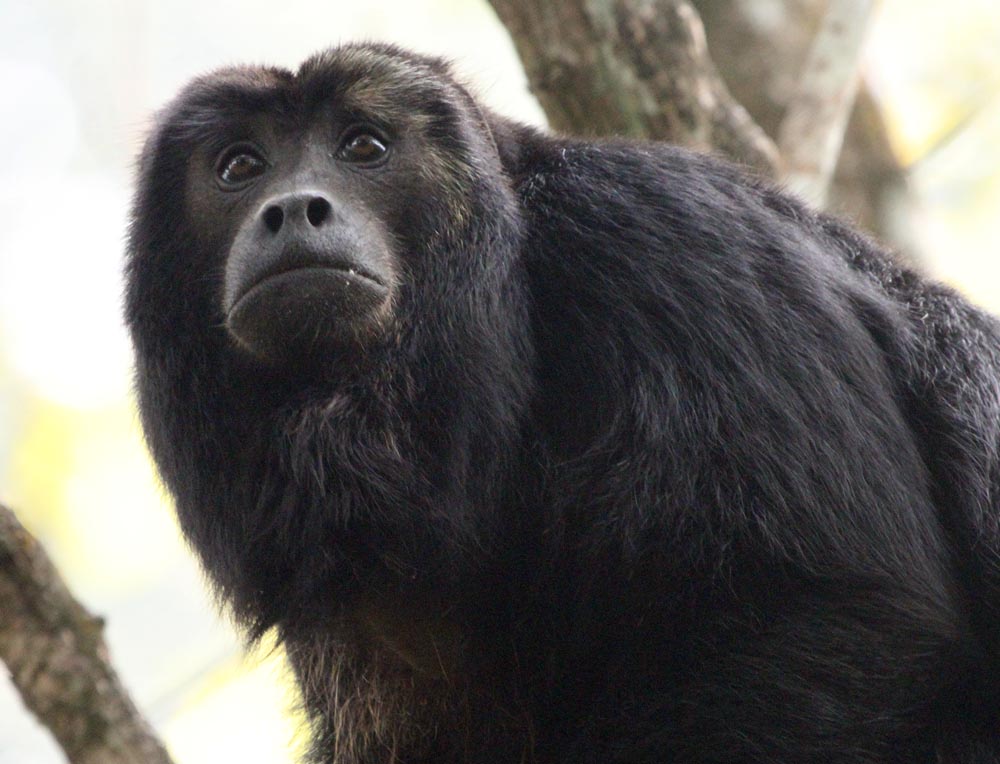 Howler Monkey (in a zoo in Brazil, sorry I didn't have a camera back when I was in Colombia)
Howler Monkey (in a zoo in Brazil, sorry I didn't have a camera back when I was in Colombia)Cook Islands
I usually travel through the Cook Islands every couple of years on an expedition ship.
The Cook Islands is a nation of islands in the tropical South Pacific. This nation is comprised of 15 islands. There are two larger distinct groups; the northern and southern islands. Even though the land in total only makes up some 236 square kilometres, they are spread over 2.2 million square kilometres.
The main island is Rarotonga, where most of the population lives. However, there are more Cook Islanders living out of the country than in, mainly in New Zealand. The nation has strong economic and cultural ties with New Zealand.
While they have some small industries of fishing and black pearls, and with so many remote and beautiful islands and reefs, tourism is also a main employer. The islands are volcanic in origin, and the northern islands in particular have many atolls.
The Cook Islands includes Palmerston Island and the stunning Aitutaki Atoll, which has a beautiful lagoon, beaches, and great fish life.
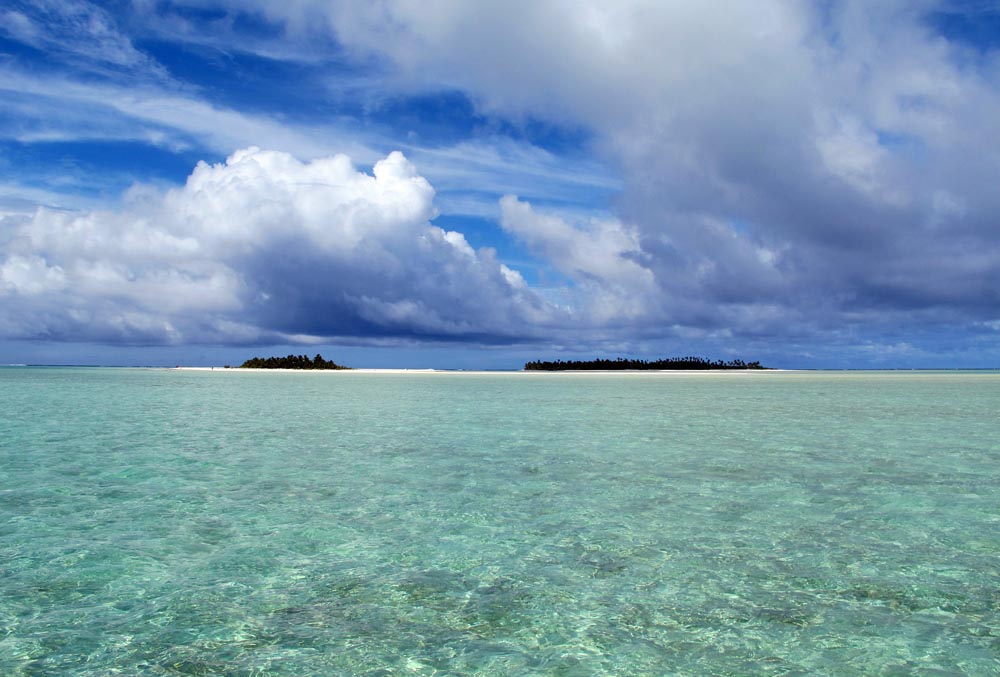
Costa Rica
In the 1990's I backpacked through the natural areas of North, Central and South America. During that time, I spent a month in Costa Rica. As this was almost 20 years ago (!), I can only write generally about the nature and wlldlife options there.
Costa Rica is a small country in central America, located between Nicaragua (to the north) and Panama (to the south). Its name means 'rich coast' and indeed one side of the country has the Caribbean (in the Atlantic Ocean), the other faces the Pacific. It often tops list as one of the 'greenest' countries in the world. Amazingly for a country in Latin America, it abolished its military in 1949.
This is a fantastic country to explore neotropical rainforest. It is relatively safe (no military!). Due to the influence of the USA, English is widely spoken. And they have a great national park system. National park entry fees and permits, and tours, etc are more expensive than in most other parts of South & Central America, but they are usually worth it.
The great thing about Costa Rica is its range of habitats and associated wildlife in such a small area. They have an amazing range of ecosystems within a small country, from highland to lowland rainforest, from dry monsoon forest to coral reefs. The corresponding animals and plants in this range of ecosystems is so high that Costa Rica is often said to have the highest diversity per area of any country in the world (although this is a hard claim to prove). Another factor in this diversity is the fact that it is situated in Central America and thus the plants and animals are a mix of Nearctic (from North America) and Neotropical (from South America).
Corcovado National Park is located in the south west. It is the largest national park. When I visited there over a decade and a half ago, it required hiking in a fair way to get access to a fairly basic research station. I understand this is still the case. This is great, as it really means the area is unspoiled. During the day I saw tent-making bats under leaves and agouti/paca and peccary on the forest floor, and toucans in the canopy. At night I spotlighted tapir.
In the north-west is Santa Rosa National Park. This park is 'dry' rainforest, or savanna, with trees such as thorny Acacias. Here I have sees a mixture of neotropical (South American) animals (such as army ants), and Nearctic (North American) animals (skunk, white-tailed deer, etc)
East Timor
I have visited East Timor several times a year for the last half a dozen years.
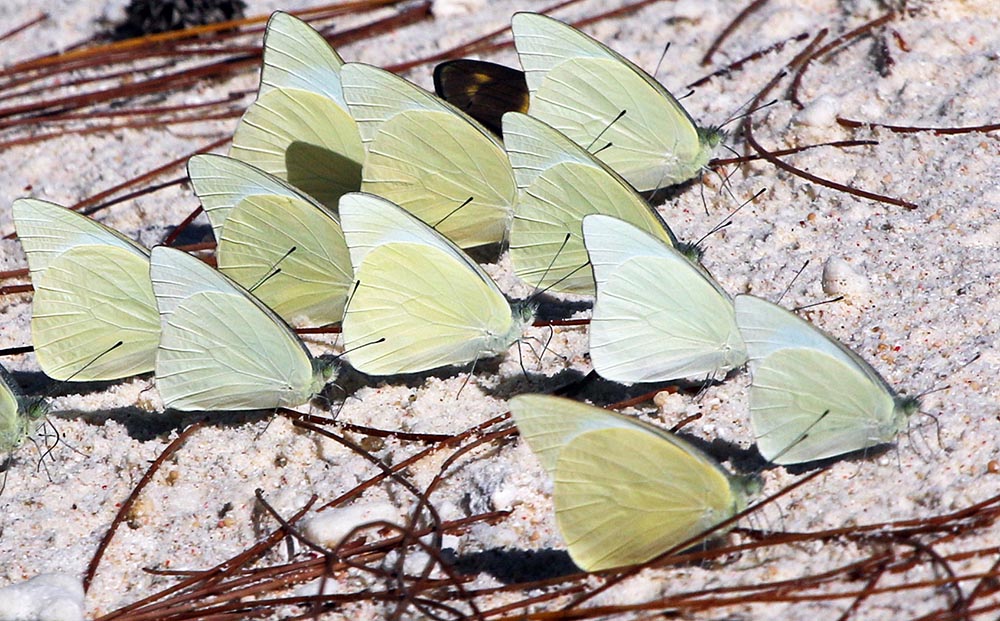
The island of Timor is split almost exactly down the middle, between the independent country of East Timor, and the western half which is a province of Indonesia. East Timor became the first new country of this century. They achieved independence from Indonesia after many years of revolution during which almost a third of their population died. The biggest city and capital is Dili. They use US dollars.
Most of the country is dominated by open tropical woodland with pockets of monsoon forest, and sections of mangroves on the coast. The vegetation is similar in structure - and some species - to northern Australia. However, it comprises an assemblage of plants and animals that are unique and typical to the drier parts of the 'Lesser Sundas', the islands in the southern part of Indonesia that also include Komodo, Rinca, Satonda and Flores.
The islands are part of the interesting larger region known as Wallacea. There are many endemic birds to Wallacea. In the last few decades, it has been discovered that many of the birds that were previously thought to be forms of wide ranging species are in fact endemics to Timor. This may have taken a while to realize due to the remoteness of the island and the civil war. Many of these species were made public in the recent book "Birds of the Indonesian Archipelago".
My favourite part of East Timor for nature is Jaco Island, within Nino Konis Santana National Park. There is some nice birding and some good snorkelling here.
Ecuador
I visited and toured this country for 3 weeks in October/November 2015. I visited a range of habitats, including the city, gardens, the high paramo grasslands of the Andes, the cloud forest of the western Andes, the cloud forest of the foothills of the eastern Andes, and the lowland tropical rainforest of the Amazon.
Ecuador is one of the best countries in the world for nature and wildlife watching, with a huge range of habitats and species crammed into a relatively small geographical area....
Ecuador is an easy country to get around. Petrol is cheap and therefore taxis and buses are good value. However, there is sometimes a safety issue, and if you have expensive camera, gear, computer, and/or reference material like I do, you might want to pay for private car travel between spots. This can be expensive, but it is safer, and there are some great drives with fantastic views. And anything that is too expensive to get too by private car, you can always fly to a closer town.
As well as transport, food is fairly cheap, and accommodation is good value. So you can tavel around Ecuador fairly cheaply compared to many other South American countries. However, if you are going to stay in lodges and do nature activities, it will be a bit pricier; however it is still great value.
No doubt, this is one of the best countries in the world for wildlife and ecotourism. There is a range of lodges in a huge range of habitats and they are good value and rarely crowded. Many of the lodges include hummingbird feeders.
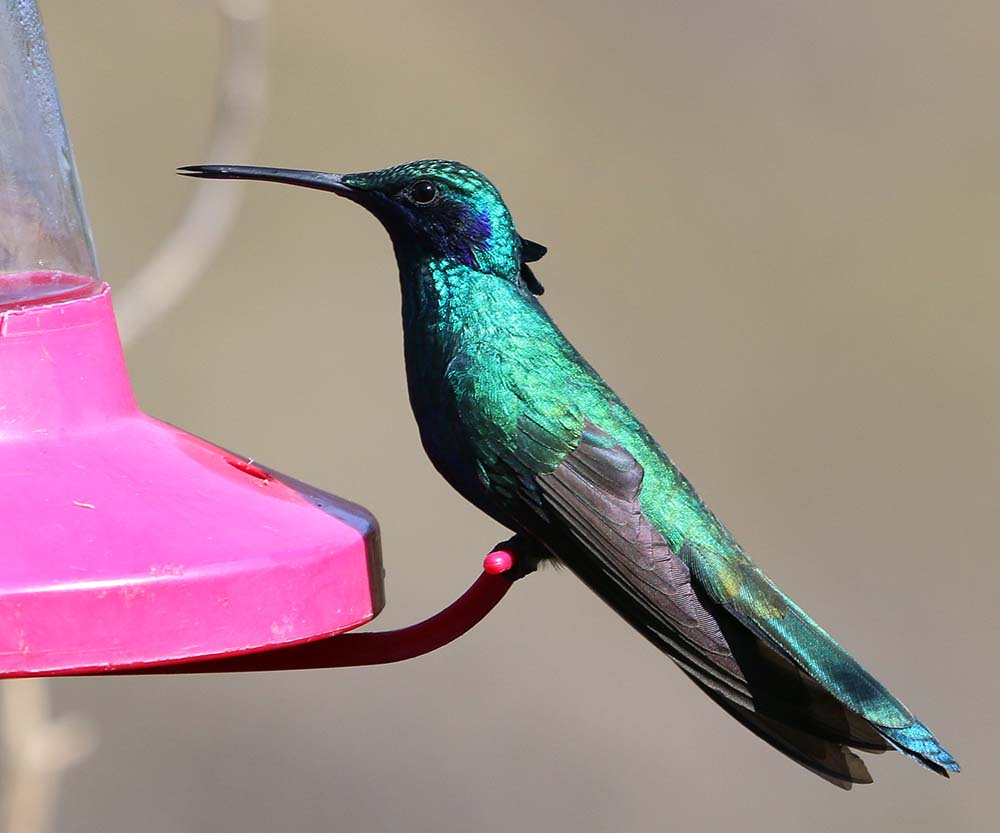
Because there are so many habitats in Ecuador, there are many species of plants and animals. If you go out in the rainforest at night there is a good chance you will see a variety of spiders and other arachnids. At night, especially in the Amazonian lowlands, there is a terrific range of photogenic frogs. Although reptiles are hard to see, if you spend enough time in the rainforest you will see a number of species.
All of the places I was lucky to visit, I recommend here as nature/wildlife spots, including; Bellavista (cloud forest) Lodge, Wild Sumaco (Bird) Lodge (cloud forest of eastern Andes foothills), Tambo Condor (Condor's nest, Andes), Antisana Biological Reserve, Tandayapa Bird Lodge, Angel Paz's private reserve, and of course the Ecuadorian Amazon where I stayed at; the Yarina Eco-Lodge
(sorry, I didn't get to the Galapagos!).
England
I have travelled on every continent, and been to countries considered dangerous or dodgy, but I found England, particularly London, the worst place for high prices (taxis), overrated sites (the museum and zoo) and scams (particularly internet piracy and credit card scams). Like much of the rest of Europe, prices are very high in England. Also, if you suffer from hayfever, you will find the native plants and introduced city trees very bad in spring in London. However, the cafes and eateries in the city are pleasant, and there are some nice places on the more remote coasts. While in London, you can chase squirrels (introduced, though), and some of the more common birds in Hyde and Regents Parks.
Fiji
I have visited various islands in Fiji with several expedition ships, and enjoyed exploring there independently in 2014.
Fiji is one of the cheaper and easier countries in the tropical South Pacific. Unlike south east Asia, it is not crowded, and for Australians it will feel familiar, like Queensland.
You might get tired of everyone yelling BULA! ("hello") to you, even when you are obviously rushing to get somewhere or trying to concentrate on something. But that's the only Fijian you'll need to know if you don't want to learn, as there is plenty of English spoken here.
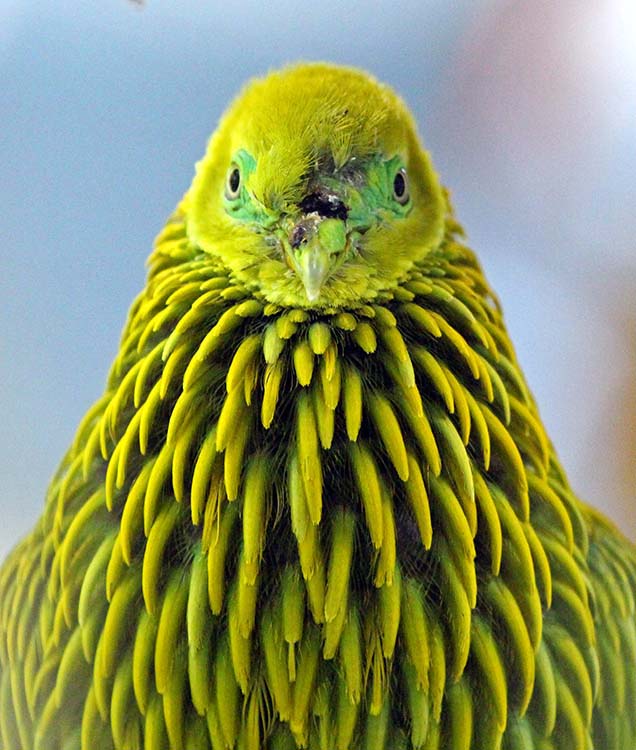
While most islands do not have a huge diversity of terrestrial wildlife, Fiji has a number of interesting endemic birds, some of which are easy to see. One of the nicest places to explore is Colo-i-Suva (pronounced Tholo-i-suva) National Park on the main island of Vitu Levu. The smaller island of Tavenui has a higher percentage of rainforest and good endemic birds, a good place to stay and visit is Bobby's Farm. Another very pretty place (but remote) is Fulaga.
French Polynesia
I have been lucky enough to explore many islands throughout French Polynesia, on 4 different ships since 2006.
The political entity of French Polynesia is made up of five main island groups. The largest is the Tuamotu Islands. It includes over 70 atolls spreading diagonally across the Pacific Ocean for some 1500 kilometres. The other island groups are the Marquesas, the Australs and Gambier archipelago. But most of the population lives in the Society islands. This is famous for its largest island Tahiti, where the capital of Papeete is located. It is also famous for its beautiful steep rainforest islands, such as Bora Bora.
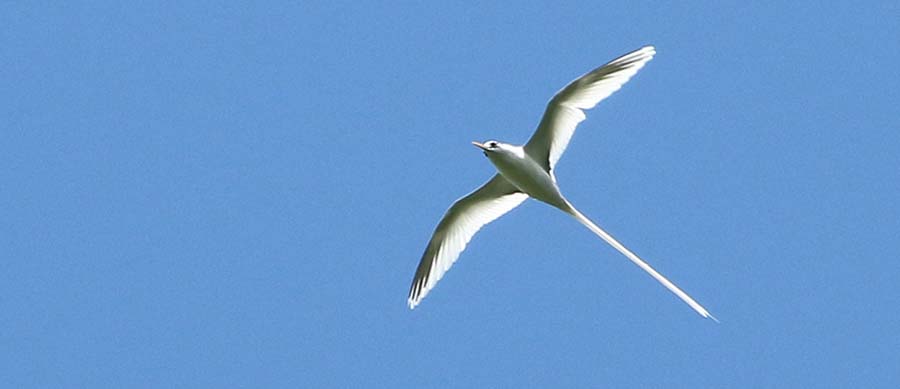
Many (in fact, most) of the islands are hard to get to. And note that there is not a huge diversity of terrestrial wildife, but there are some important endemics. It also suprises many people that the diversity underwater is also lower compared to the south-west Pacific. Generally, the further east you go out from south-east Asia and New Guinea, the less biological diversity of marine, seashore and terrestrial species.
However, there are also many great underwater sites, and the beauty and remoteness of these islandss is undeniable. The best way to experience the islands is probably on a ship, giving you access to remote areas, and allowing for great views. There are cruise ships that go out there regularly, some ships that are based out there, and every few years an expedition company gives it a go before pulling out again.
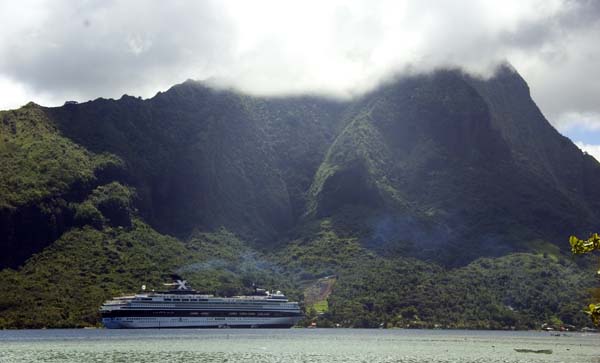
Some of the most scenic islands include Bora Bora and Fatu Hiva.
Greenland
I had the chance to visit Greenland multiple times during the Arctic expedition season with Silversea.
Greenland is the largest island in the world, if you don't count Australia as an island (Australia is about three times bigger). It is know for it's Norse history, with Eric the Red naming the White land 'Green'.
 Statue of Leif Erikson, Brattahlid, Qassiarsuk, Greenland.
Statue of Leif Erikson, Brattahlid, Qassiarsuk, Greenland.At 2,166,086 square kilometres, it is the 13th largest country in the world. It is part of the Kingdom of Denmark. The capital and largest town is Nuuk.
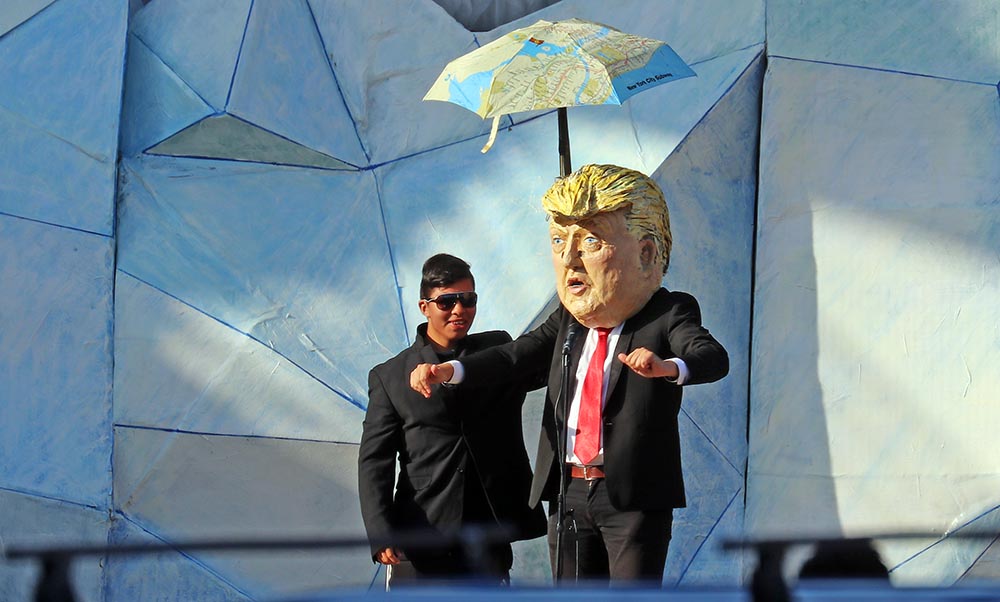 I was in Greenland when the (then) USA President was mocked in Nuuk for offering to buy the country.
I was in Greenland when the (then) USA President was mocked in Nuuk for offering to buy the country.This population is very small, with less than 60,000 human inhabitants. This makes it the least densely populated country in the world. All the population settlements dotted along the coasts are quite isolated, with no roads connecting any of them to each other, as yet. The population is experiencing negative growth, and many Greenlanders have moved to Denmark - and not come back.
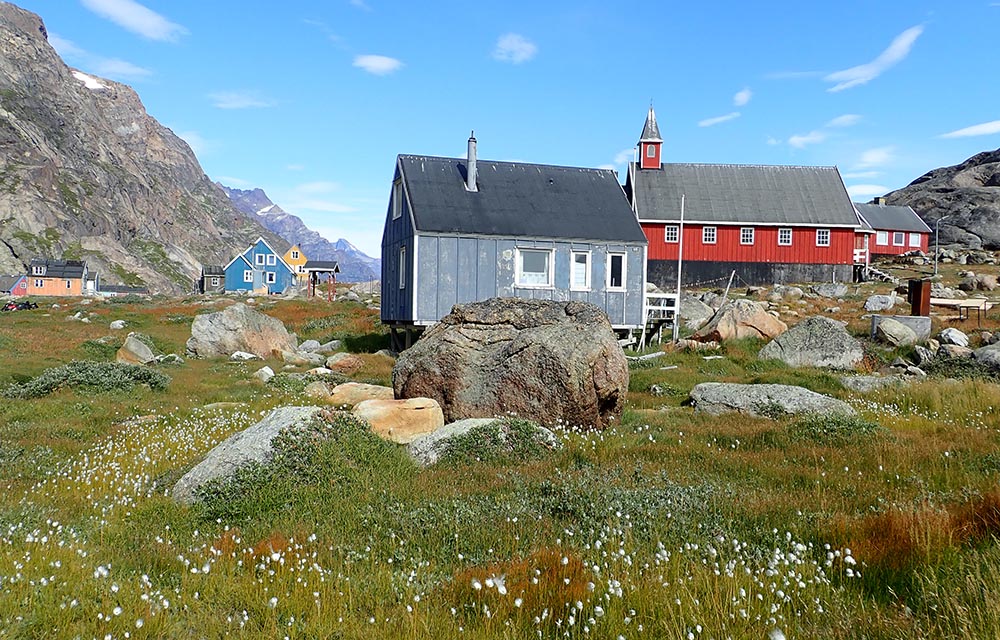
Ice covers 79% of the country. This ice sheet is the largest outside of Antarctica. The resulting of so much ice and rock is a very small amount of farmable land; in fact Greenland has the lowest amount of arable land per capita of any country in the world.
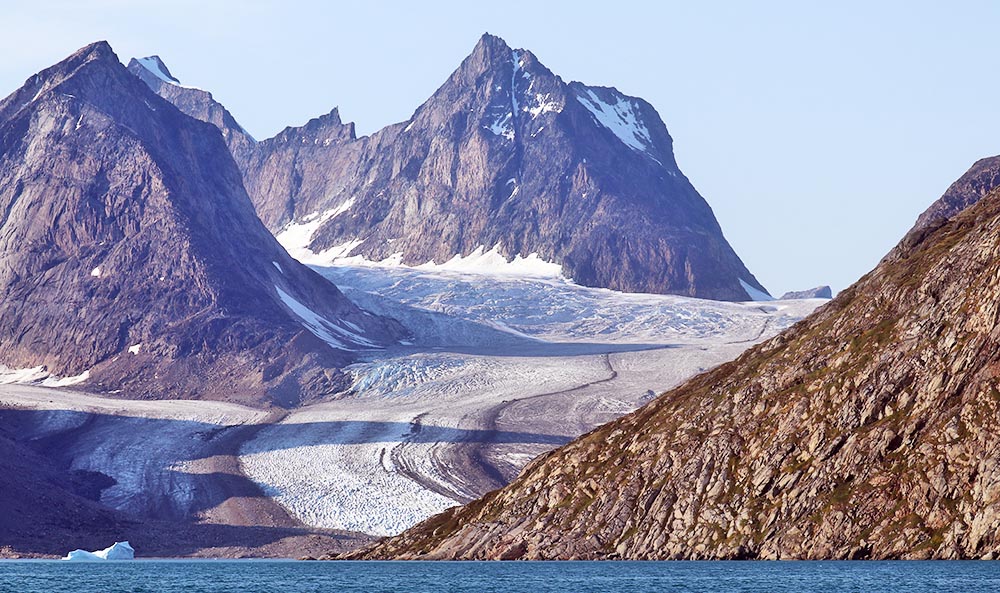
Greenland has the politics and feel of an European nation, but geographically, geologically and biologically, it is closer to North America.
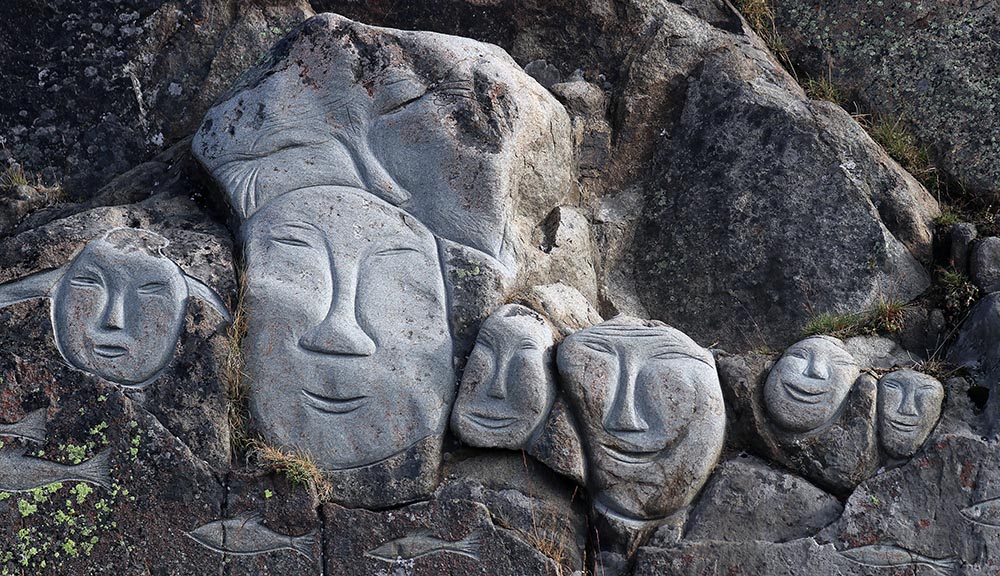 faces carved in stone at Qaqortoq (Julianehåb)
faces carved in stone at Qaqortoq (Julianehåb)Whales and seals can be seen in some of the remote and protected areas, away from hunting. There are also some birds to watch for, including some that are common around the settlements, such as Common Raven, Wheatear, and White-tailed Sea-eagle. There is also a good variety of flowers in the spring and summer, including the national flower, the Fireweed.
One of the most famous scenic areas (and for some wildlife) is Ilulissat, home of a massive glacier.
(For other areas in the Arctic).
India
I first visited India two decades ago, travelling around this country for two months. I took a few photographs which I have since used in lectures, although they are crusty old pre-digital 'film' shots. Uck. As usual, I tried to survey a range of different habitats. I have returned to the country for a number of very short visits on expedition ships in 2018 & 2019.
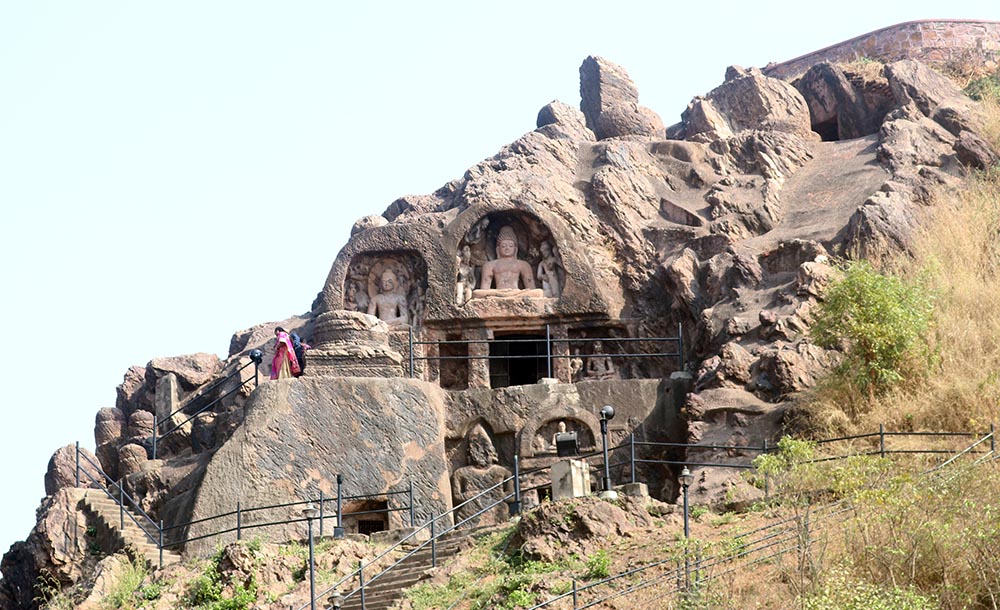
Travelling around India is both a pleasure and a challenge. First of all, it is very cheap; to get around, to eat, and accommodation is generally very good value. It is a big country, with a huge population, and the accompanying congestion, so travel takes time. It is a pretty 'full on' experience, with crowds, and if you are a single westerner, you will be the object of attention. In the middle of my 'holiday' I had to take another 'holiday' in Nepal to have a rest from India.
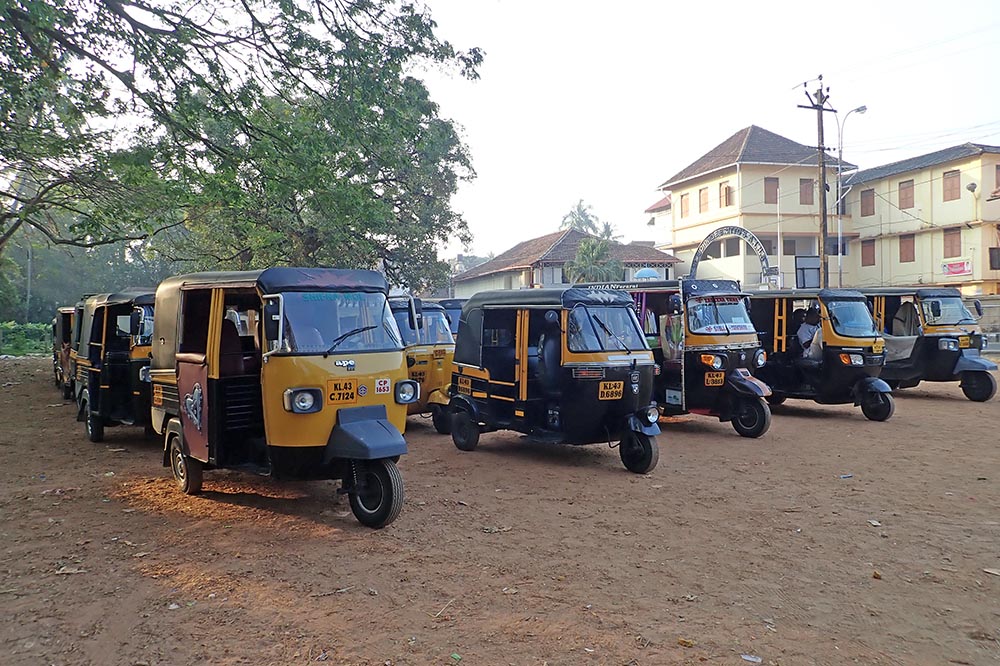
Being such a large country, it is often referred to as a 'sub-continent'. There is a diversity of different ecosystems, and it is worth travelling to different parts of the country to see the different habitats. India boasts mountains, desert, woodlands, rainforest and mangroves.
Despite the population pressures, India has an array of amazing national parks and hosts a high diversity of plants and animals. There are several areas worth visiting from a natural history point of view. India is in some ways the 'Africa of Asia', with less rainforest than south-east Asia, more open woodlands and grasslands, and thus larger animals. This is the best country in Asia to see megafauna such as elephant, deer and tiger.
First, my favourite spot was Periyar National Park, in the south. This is a valley that has bee flooded into a dam. It is surrounded by tropical rainforest. There was a hide available to stay in overnight, and here I was lucky to watch elephants, gaur and sunbirds. In central India is Kanha National Park. You can drive around this park to try and find tigers (which I did), there are also elephants, deer, dhole, monkey, etc. In the north, just outside New Delhi is the Bharatpur Bird Sanctuary. Even though this small wetland is surrounded by humans, and has a huge amount of people visiting, it is (or was when I was there), chock full of birds, including many ducks and kingfishers, as well as reptiles such as pythons. In the north-west there is a massive area of mangroves known as the Sundarbans that is shared with the neighbouring country of Bangladesh.
I have a lecture on India called: "Introducing India” by Damon Ramsey – It's big and noisy and in your face. It's India.
Indonesia
My first big overseas trip, some 30 years ago (more than a quarter of century!), was backpacking through south-east Asia, especially Indonesia. I have returned to many parts of this huge country for work and travel since.
Travelling through Indonesia is both easy and hard. There is a distinct 'backpacker' trail through the country. Transport, food and accommodation is very cheap. And there are some great natural and cultural sites...
However, if you are travelling by yourself you will get approached, talked to and hassled a lot (although this does seem to have reduced in the last few decades). For the nature enthusiast who wants to do some birding, getting immersed in nature can be a challenge with so many people and noise around. Also, as a fairly poor country, much of the wildlife is hunted, caught, traded and eaten, so subsquently the observant naturalist will definitely notice wildlife is much shyer and harder to see than in similar situations in nearby Malaysia.
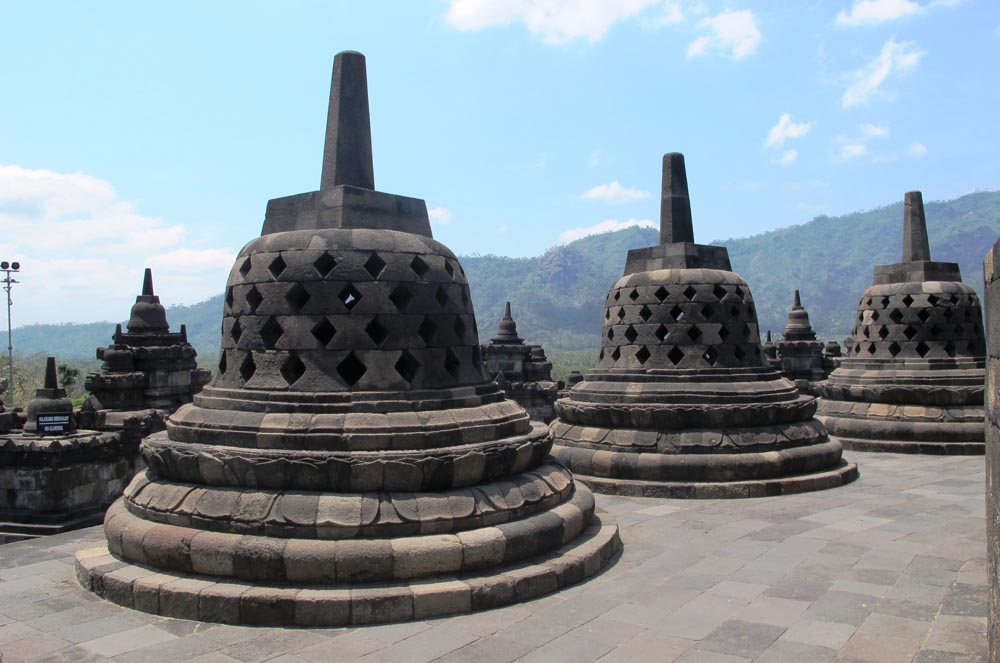
Indonesia is one of the most biologically diverse countries in the world. It is one of the few countries, (along with Mexico and China), that is spread across two different biological zones. In the west, (Sumatra, Borneo), it is in the biogeographical area known as the 'Oriental region'. In the east (western New Guinea), it is within the 'Australasian region'. In the west there are monkeys and hornbills, in the east there are possums and cockatoos. And in between, there is a transition zone (Sulawesi and other islands), known as 'Wallacea'.
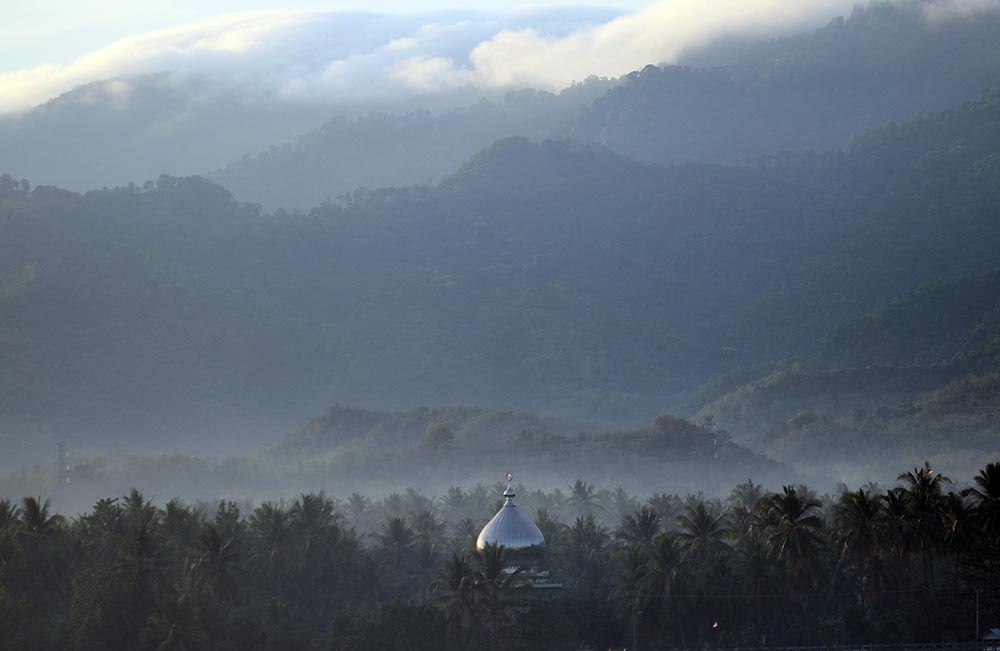
In the north it comprises much of the island of Borneo. Indonesia claims the largest part of this island, with the province of Kalimantan. In the south is the famous Borneo Orangutan research station of Camp Leakey, inside Tanjung Puting National Park. Off the big island of Borneo is the tiny but fascinating 'jellyfish lake' island of Kakaban. The bizarrely shaped Sulawesi has many endemic birds and mammals. In Tangkoko National Park you can find Tarsier and Celebes Black Macaque. In the west the island of Sumatra stretches along the Malayan peninsula. In the north you can find Sumatran Orangutans and monkeys at Bukit Lawang. The island of Java is more or less central, both geographically and politically, with the capital of Jakarta. In between Sumatra and Java is the famous volcanic island of Krakatoa. Java has more volcanoes per square centimetre than anywhere else on Earth. Here, you walk across an ash plain and up the slopes of a volcano called Gunung Bromo. East of Java is Bali. This islands is famous as a holiday party spot, so you have to get away from the city of Denpasar (where the main airport for Bali is located) and the bigger towns to enjoy the nature. On this island is the seasonal forest and coral reefs of Bali Barat National Park, the place to see the Bali Starling. The next island east is Lombok, where it starts to get drier. Keep traveling east and you will get to the famous island of Komodo and Rinca Island, with their dragons. And with its deep water (and thus currents), and drier monsoon climate, (and thus less run-off), the snorkelling can be very good here, too, such as on Pink Beach. In this region and Sulawesi there are lots of Wallacean endemics. Some of these can be found on the smaller islands such as Satonda Island.
The islands of Indonesia stretch across the Indo-Pacific to the include the western half of the island of New Guinea, an area known as Papua, which comprises the two official Indonesian provinces of West Papua (the bird's head and Rajah Ampat islands) and Papua (the rest of western New Guinea, including the city of Jayapura and central highlands). One of the most spectacular areas for scenery and isolation, and known for it's marine biological diversity, are the Rajah Ampat islands, including Misool. Within this area, it is possible to see the 'Red Bird of Paradise' on Gam Island. (Some other wildlife and nature sites of this amazing island are covered in the Papua New Guinea section of this page). Whale Sharks in clear water can be seen at Cenderawasih Bay.
Japan
I have been to Japan four times on expedition ships, and have had a small taste of a few of the more common plants, insects, herps, birds and mammals.
The culture within the cities and towns is of course fascinating. One of the most interesting trends is for Cat Cafes. One of the best places for nature and wildlife was the beautiful forests of the island of Yakushima. The further south you go, the warmer it gets and the more coral growth there is. One of the best places to snorkel is Miyako Island. Another great spot are the Bonin Islands.

Madagascar
I visited this area independently in spring 2018, and then returned several times in the summer of 2018 and 2020 on expedition ships. I had been wanting to go for a very long time. An edited version of one of my introductory lectures that I give on expedition ships about Madagascar is here.
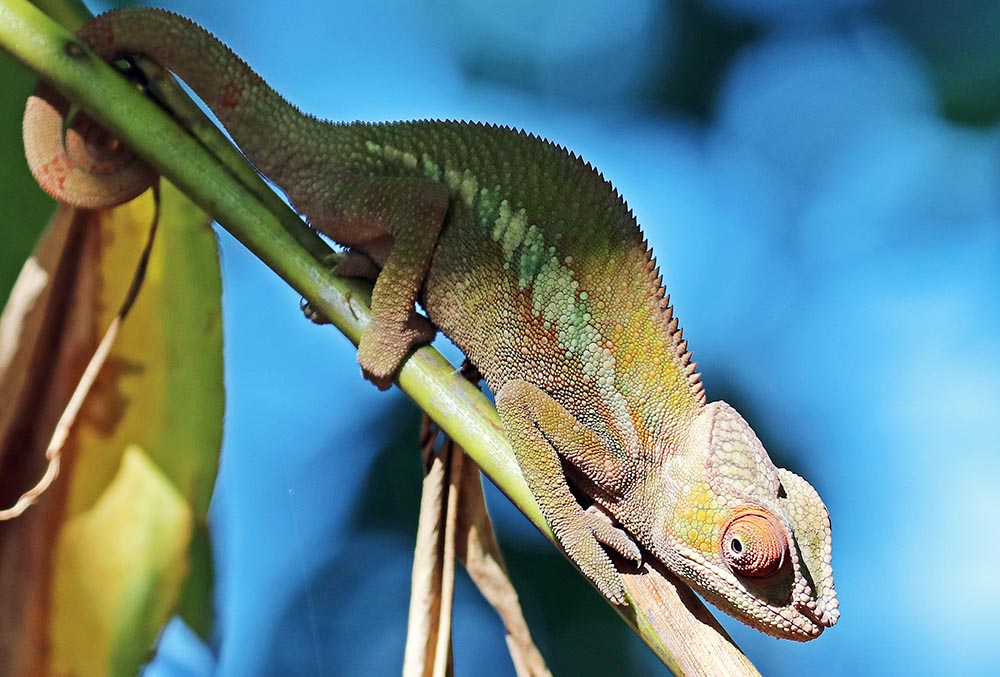
Madagascar is a great wildlife destination. It is very good value. There are many national parks, and very good local guides.
There is not as much infrastructure as in equivalent tropical areas in Asia or the Americas; no highways, no shopping malls, no McDonalds. It is difficult to get around, as the roads are few and small and it seems to take ages to get anywhere.
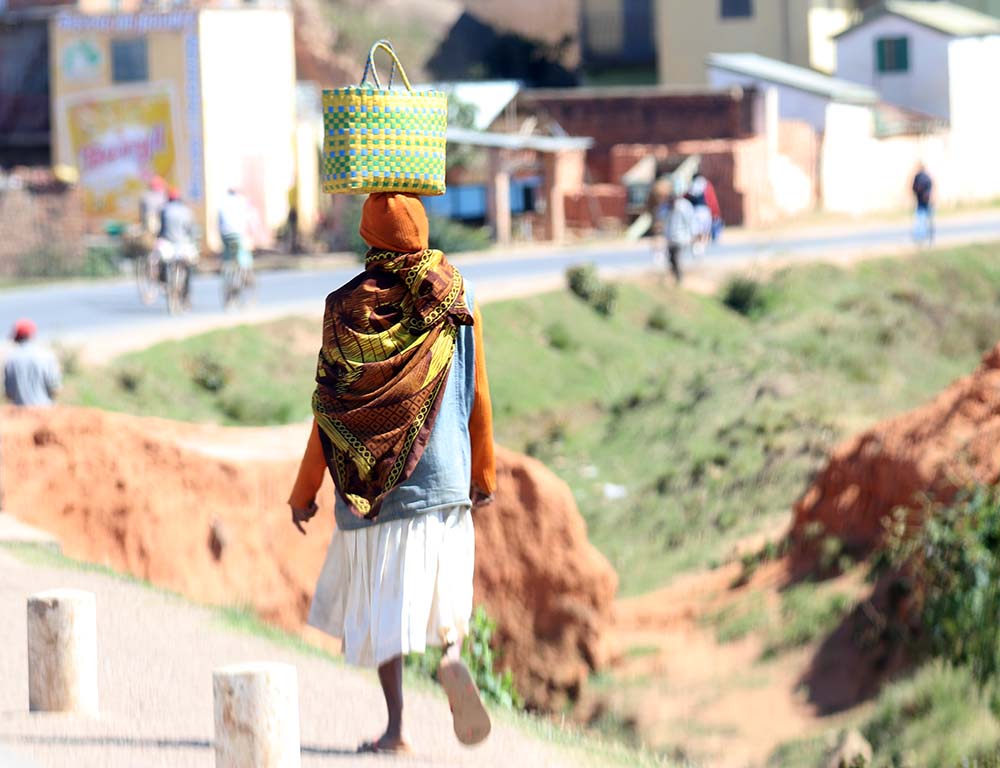
But most of the animals and plant species you will see will be endemics; that is, they are found nowhere else on Earth...
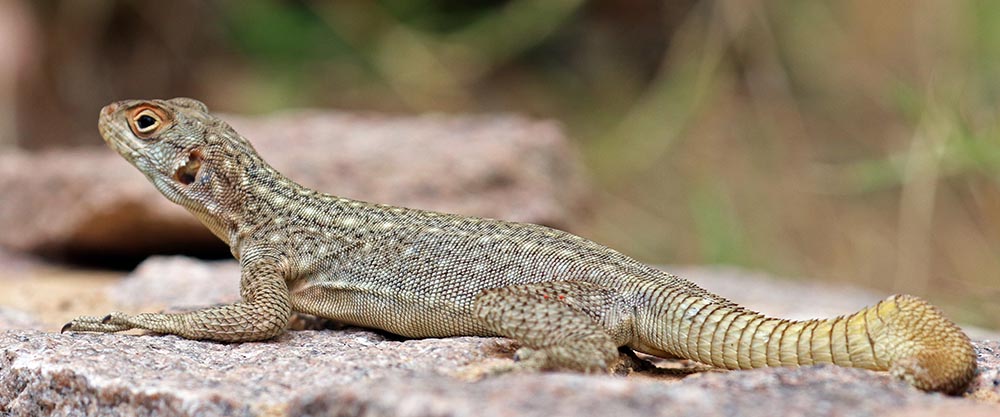
There are many great places in Madagascar to explore. I will add more pages as I slowly go through my many thousands of photographs! In the north, there is the port and bay of Diego Suarez. This has access to the rainforest of Amber Mountain National Park. For the wettest and most diverse rainforest there is the remote Masoala National Park. Other more accessible rainforest national parks include Adasibe, just a half days drive from the capital of Tanna. One of the best national parks for what is left of the drier woodlands is Ankarafantsika National Park. To explore the driest habitats in the south west, you might want to visit Isalo National Park.
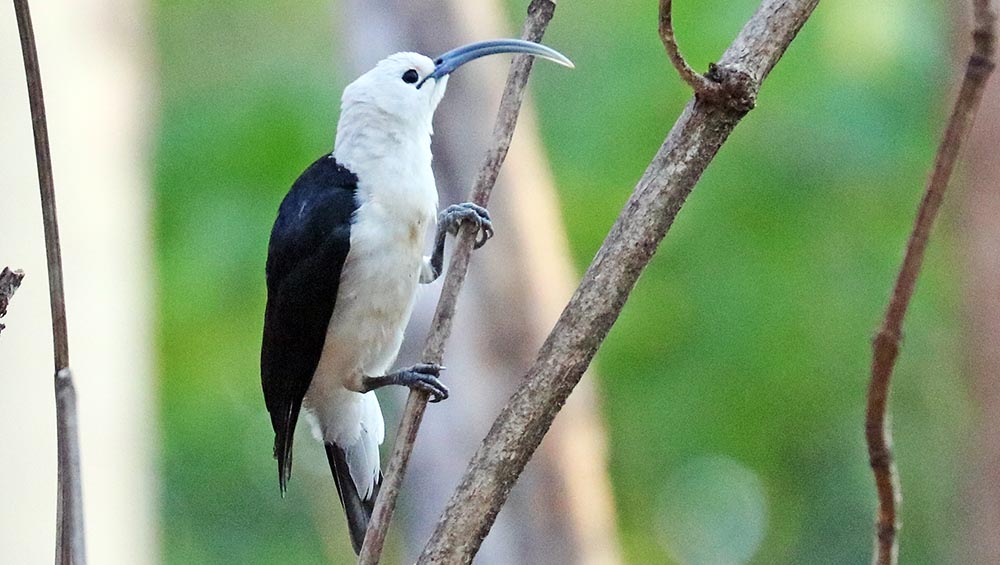
Malaysia
Personal experience: I first visited Malaysia 25 years ago, and have been visiting the country for work and private travel ever since.
The advantages of Malaysia: I think Malaysia is probably my favourite of the south-east Asian countries. It is not as cheap as Thailand or Philippines. It is not as remote as Indonesia. But they look after their wildlife and, like Singapore, they are relatively nature orientated with well set-up national parks. You also generally get left alone, and you are less likely to get hassled or ripped off.
The currency is the ringitt, and things are generally still cheap.
(For calculating your currency to Malyasian ringitt)
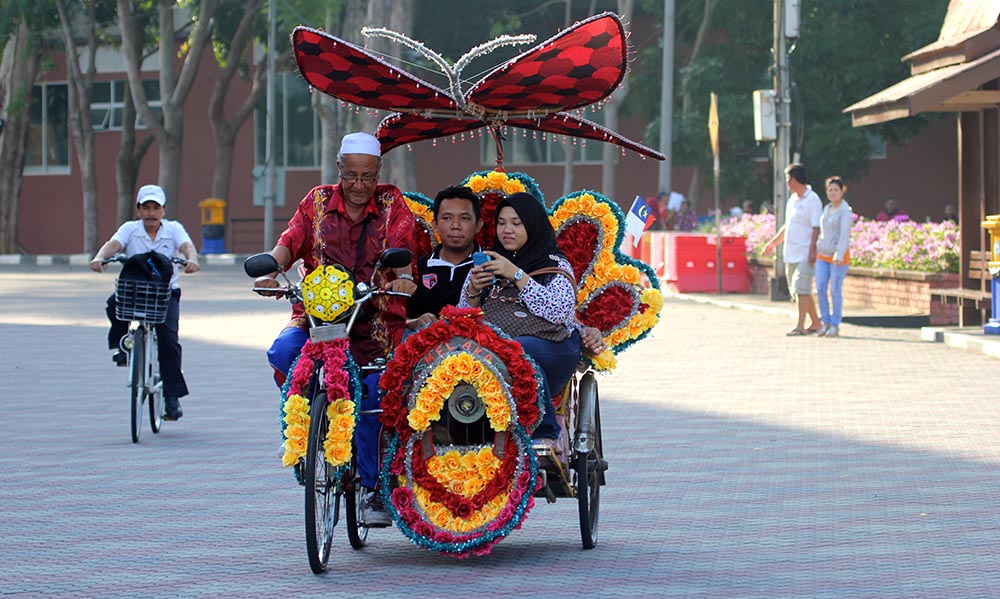
Places to go: One of my favourite national parks of all time, anywhere in the world, is found in peninsular Malaysia:Taman Negara National Park. The island of Borneo includes two states of Malaysia, Sarawak and Sabah. One of the best national parks there for wildlife viewing is Bako National Park. One of the most important and interesting areas in Borneo is Mt.Kinabalu. Not only is this the highest peak on the island (indeed, in south-east Asia), it is the centre of the large Kinabalu National Park and network of protected areas, rainforest and trails in a variety of altitudes. Highlights include the peak itself, the Park Headquarters , high altitude Mesilau , and lower altitude Poring Hot Springs. In the north of Sabah is the Kinabatangan River, great for wildlife cruising. There are other parks and reserves that are great for watching and photographing wildlife, including Labuk Bay for Proboscis Monkey, and Sepilok for Orangutan.
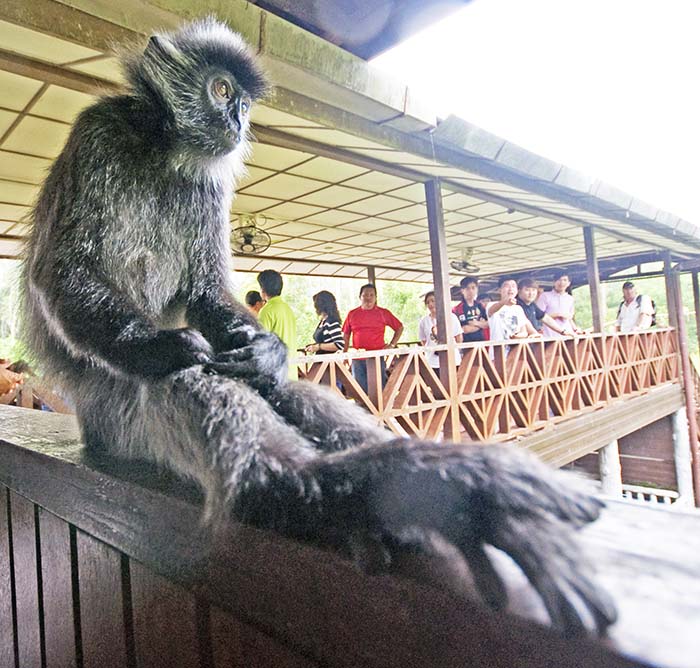 the wildlife is pretty relaxed in Malaysia! (image by Damon Ramsey)
the wildlife is pretty relaxed in Malaysia! (image by Damon Ramsey)Maldives
I visited this country of islands several times in 2018, with Silversea expeditions and again in 2025 with Noble Caledonia.
The Maldives is a country of fairly limited wildlife potential. The Maldives have a very 'southern Asian' mixed with Middle Eastern feel. As is typical of southern Asia, there never seems to be any women around in public areas. The country is mostly 'dry', with drinking of alcohol restricted to the private resorts. The terrestrial wildlife is limited in abundance and diversity. The coral reefs have seen better days.
So, in summary:
no women,
no booze,
and limited wildlife!
The scenery is nice, as there are many beautiful islands and beaches. There are a few good snorkelling and SCUBA diving spots. However, this is one of the few countries on this website that I do not particularly recommend. Despite this, I still read and I am told by people that I meet on ships that they love the snorkelling here.
As most of the islands are small and low in altitude, (the Maldives is often reported to be the lowest country in the world), there is very little endemic land wildlife. One of the few exceptions are those mammals that can fly, the bats.
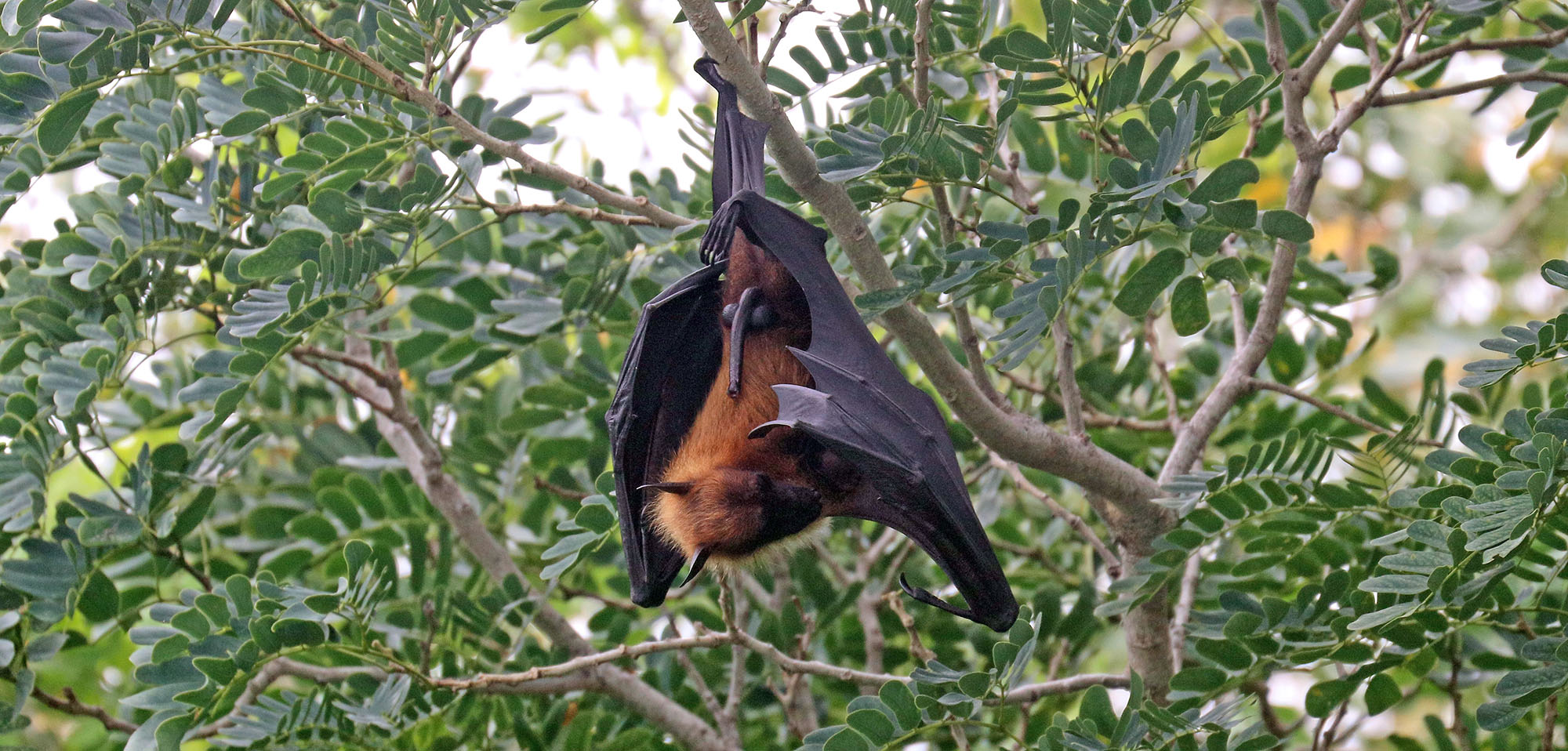 The Indian Flying Fox is the only native 'terrestrial' mammal in the Maldives.
The Indian Flying Fox is the only native 'terrestrial' mammal in the Maldives.Underwater, the Maldives used to be considered a fantastic place for SCUBA diving and snorkeling. Unfortunately, much of the coral appears dead; this may be due to (either or both) constant monsoon winds or excessive coral bleaching. The best coral seems to be associated with the resorts, as ‘home reefs’.
Oh, but Rogue One was filmed there: so that's cool. (As opposed to being filmed in a unflushed toilet, like Rian's The Last Jedi).
Mexico
I visisted this megadivers country in 2024, and will put a report in mid 2025. It was my first trip after covid. It is one of the few countries split between two diffferent biogeographical regions.
Mozambique
When I first visited Africa in the 1990's, Mozambique was not considered as a place to travel, but things have changed, for the better. I had the chance to just spend a few days here in late 2018 in a few different spots, via the expedition ship Silver Discoverer.
The country of Mozambique was a Portuguese colony for many centuries. They gained independence in the mid 1970's, but suffered from civil war for the following two decades. Since the mid 1990's, the country has been somewhat more stable. The capital of Mozambique is Maputo.
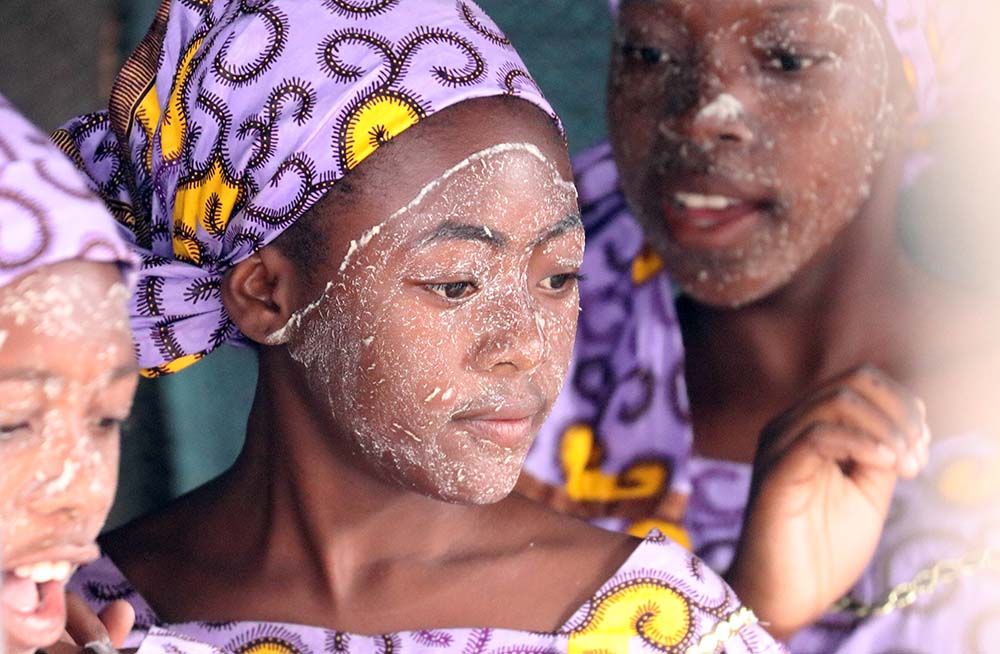
The coast of Mozambique is interesting and attractive. Not only does it have beautiful blue water, but also evocative colonial ruins from the days when trading was common between Europe and Asia via the middle east and African coast.
But of course this website ain't about human Earthlings and their culture, it is about wildlife! While walkng around, even in towns, there is always wildlife to be seen. Including Straw-coloured Fruit Bats, Mangrove Kingfishers and Bee-eaters.

Namibia
Personal experience: I visited this country when exploring southern Africa for two months in the 1990's. As this was a few decades ago, I can only write in general terms...
The most famous park in Namibia is Etosha National Park. It includes a massive salt pan, of the same name. When I was here we saw Desert Elephant and Ostrich. We stayed at one of the park centres overnight (I am guessing it was Okaukuejo), where we watched the waterhole (lit up at night) and saw Jackal, Elephant, and Cheetah with (spikey-haired) cubs.
I also visited the famous sand dunes of the Namib Desert. These are the second tallest sand dunes in the world, some reaching 300 metres in height, and can stretch for 30 kilometres. The Namib desert continues along the coast down to South Africa, and north to Angola. The driest parts of this desert only receive 2mm in precipitation a year, thus it is the only real desert in southern Africa (other places are seasonally dry and get big wet seasons). It is thought these conditions have persisted for 50-80 million years, making the Namib the oldest desert in the world. However, because of the cold water currents off the coast, the desert often gets shrouded in fog, and this provides some essential moisture. By day we saw the desert antelope known as Gemsbok. At night I snuck out with a torch and was scared by glowing eyes, which turned out to be more Gemsbok.
I visited the capital city of Windhoek (Gutan tag!) and the town of Swakopmund on the coast, from where we then visited the south African Fur Seal colonies.
On the way out of Botswana, I passed through a narrow part of the country called the Caprivi Strip, famous for it's elephants, which we did see.
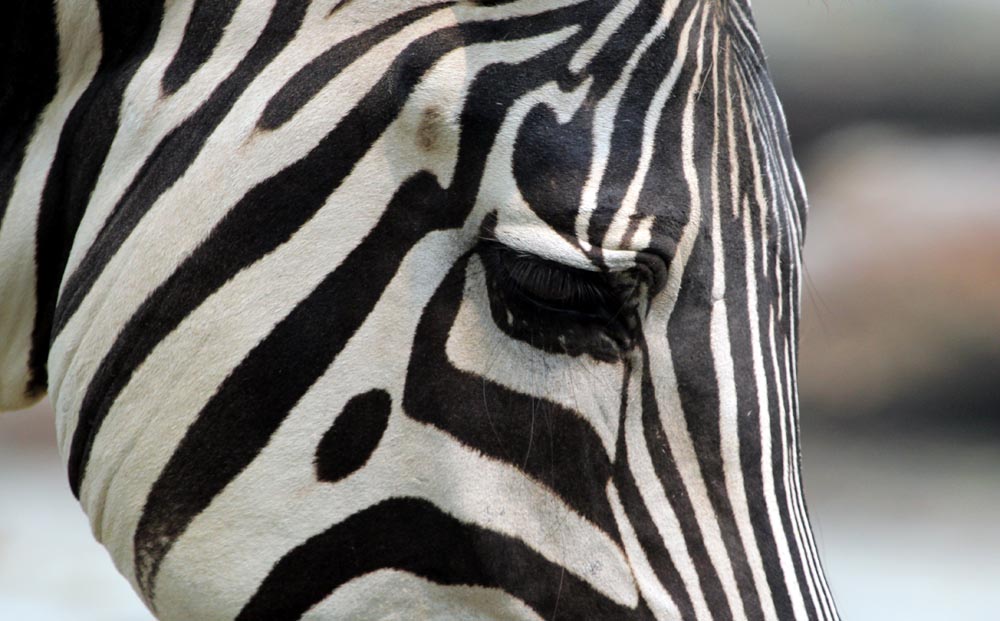 I took this photo in a zoo. I didn't have a camera when I was in Namibia. Digital cameras didn't exist back then!
I took this photo in a zoo. I didn't have a camera when I was in Namibia. Digital cameras didn't exist back then!New Zealand
I was not aiming to go to New Zealand so early in my working life, due to its low diversity of terrestrial animals, and thinking I would save it as a destination for when I was 'old', due to its safety and closeness to Australia. However, because of my biology training and experience taking nature and wildlife tours, I was employed to take various groups to New Zealand, including some zoo and education programmes in the 1990's, and have been gone there every year during the summer for the last ten years on various ships (Millenium, Mercury, Oceanic Princess/Discoverer, Orion, Caledonian Sky and Silver Discoverer).
New Zealand is a very safe country, with a forward thinking and progressive people that seem to take every opportunity in a very fortunate country. Unlike Australia, where most small country towns and urban areas has a certain sameness, many of the major towns in New Zealand have a different orgin, history and feel; Dunedin, Akaroa, Christchurch, Kaikoura, Wellington, Napier, Gisborne, Rotorua, Auckland, are all interesting places in their own right. Best of all, in most places in New Zealand, you can great coffee!
The land fauna is extremely poor, with much cleared land, and as the biologist or naturalist will notice as they travel, there are no native mammals to be seen, and most of the birds seen inland are introduced species.
However, it has a biologically rich and beautifully varied coastline, with some of the highest diversity of marine mammals and sea birds in the world. Additionally, what is left of the land-based rainforest birds tends to only be common on islands and remote coasts.
Thus nature based travel in New Zealand is probably best appeciated by doing coastal and sea based travelling, either driving in a car and taking short boat trips or flying to islands, or even better, being on a ship.
There is a catch, however. The weather and sea conditions around New Zealand can be very rough, affecting even big ships. I've done a number of trips with ships up and down the coasts of both main islands, and I have experienced bad weather at every single region at some time. There is also big trade off with ship size. I have travelled the coast in four different sized ships; the bigger cruise ships are much more stable, but it so much harder to see wildlife. And while you see more on the smaller expedition ships, they become very uncomfortable during rough weather. So the best trips are probably on the 'average' expedition size; those ships about 100 metres in length with 100 or so passengers.
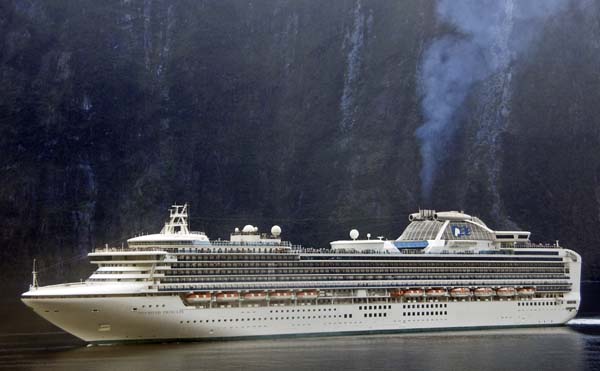
There are various places in New Zealand to check out. The largest wilderness area of New Zealand is in the extreme south west, the remote and rugged Fiordland. You can go under the water at the Milford Sound Underwater Observatory.
In the middle of the country are the Marlborough Sounds, a nice mix of elements from the warmer temperate forest in the north and the cooler forest of the south. If you want to see hundreds of Australasian Gannets close up, Cape Kidnappers (outside of Napier) allows observation and photography of these amazing birds.
For land birds, one of the best places to see now rare native species in their native forest habitat is Ulva Island, off Stewart Island.
For marine wildlife, such as albatross and dolphins & whales the best place is Kaikoura. Even better for wildlife are the remote New Zealand subantarctic islands, such as the Snares, Campbell and Auckland Islands.
There is much spectacular scenery along the coast, with varied geological scenery. One of the most symmetrical volcanoes in the world is Taranaki in Mt. Egmont national park. If you want to land on a live volcanic island, it doesn't get more spectacular than White Island.
Palau
I have visited Palau twice in 2017 and 2018. I was impressed.
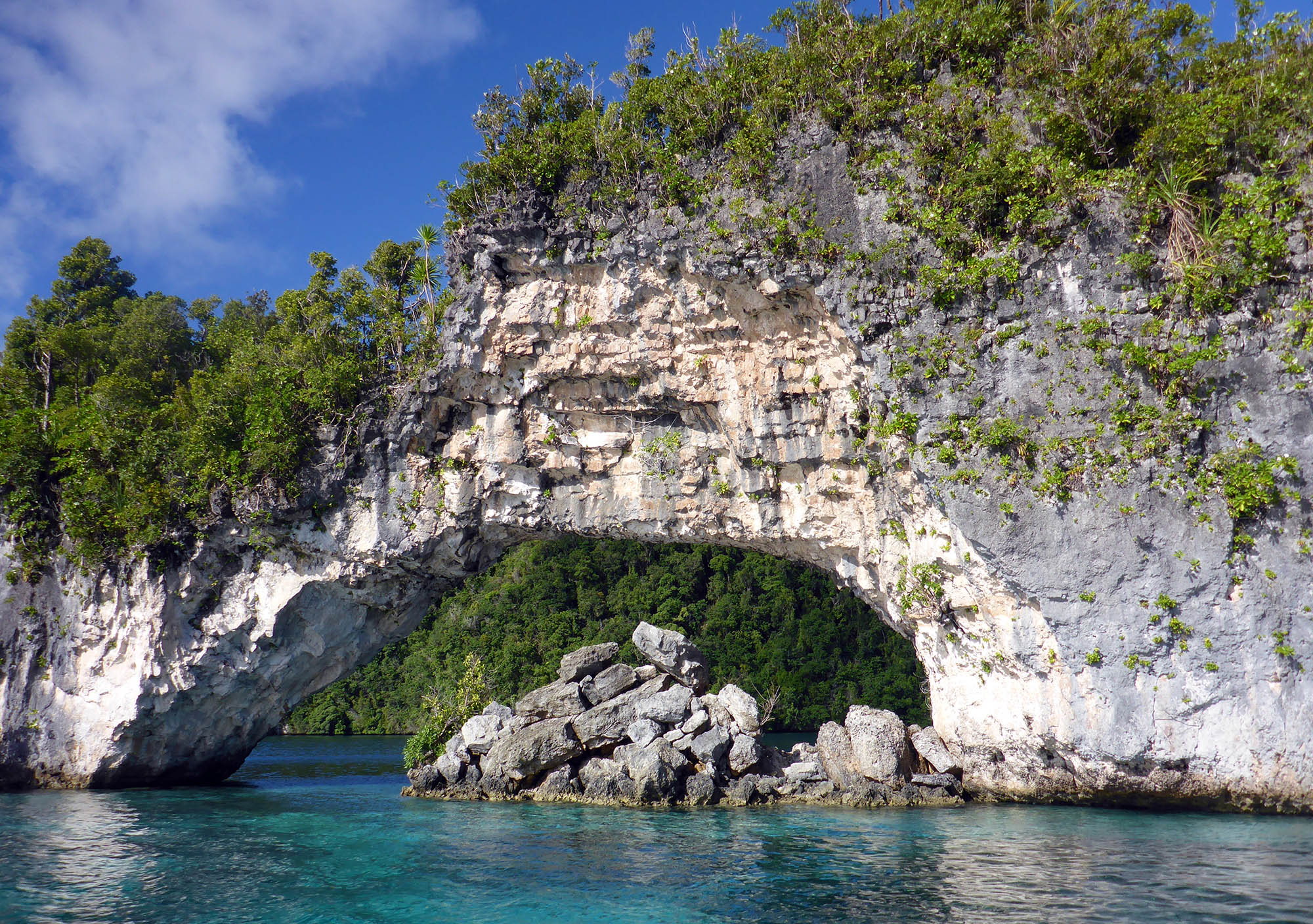
Beautiful Palau claims to have 84% of it's rainforest cover still intact....
Palau is a small nation made of just a few small islands. The main island group is made of uplifted limestone which forms a stunning network of islands, bays and reefs. Some of the islands are connected by various bridges.
There are some interesting birds to be seen around Palau. First, there are many seabirds to be seen easily in and around the islands and waters. They include white-tailed Tropicbird, Bridled Tern, White-capped (Black) Noddy, White (Fairy) Tern, and Black-naped Tern. The land based birds include many species endemic to Micronesia: Micronesia Starling, and Micronesia Myzomela.
There are some interesting reptiles. Most of the ones I saw were widespread species, including Hawksbill Turtle, and Yellow-lipped Sea Krait.
I didn't expect to see many native mammals in Palau, because there aren't many. However, the 'Pelew Flying Fox' seemed fairly common. Just watch out it doesn't end up in your soup (a traditional Micronesian meal).
Palau is a tiny country in the middle of nowhere! There are flights, but they will always go via somewhere else, and it is a long way to go. Be aware that the jellyfish lake is still closed (as of 2018). Some of the expedition ships, such as Silver Discoverer (with Silver Sea) go there. That is who I went with, as a guide/lecturer.
Most of my stay was based just around the Palau Royal Resort. This is probably a fairly pricey hotel (but I didn't pay as I was accompanying a group). I photographed many of the species on this page there, and you can also snorkel right in front of the hotel.
Papua New Guinea
I have worked as a guide, lecturer and boat driver with 4 different expedition companies in New Guinea, including Papua New Guinea, starting from about 2006.
New Guinea is the third largest island in the world, or second if you don't consider Australia as an island. It is the largest island found wholly within the tropics.
New Guinea and Australia are part of the same continental shelf, which has huge implications for the flora and fauna for both regions. During times of ice age, when sea levels are lower, the land masses are connected, which allows constant interchange. The result is a shared fauna and flora between the savanna and rainforest habitats of both land masses. But there are some huge and basic differences. As New Guinea is created from activity on the edge of the plates, it has many mountains, with many of these being much taller than anything in the generally flatter Australia. And these mountains, and much of the land and rivers, is therefore relatively new.
Historically, the island of New Guinea has been ruled by various nations, including Germany, Holland and Australia. Today, politically, the island of New Guinea is split in half between two different countries. The eastern half is independent Papua New Guinea (PNG for short). The western half is part of Indonesia. This was once known as Irian Jaya, but it is now called Papua, and is made up of two provinces, Papua and West Papua (all a bit confusing with so many overlapping and similar terms).
Papua New Guinea is the country that comprises the eastern half of the island of New Guinea. Papua New Guinea was an Australian colony (a colony of a former colony!) until 1975. Therefore there are still many connections between PNG and Australia, particularly Queensland, and including flights. However, it is quite different from Australia. Because of the dynamics between tribal groups and the very different social rules, westerners consider their political system corrupt. For a traveller, general day to day operations take a long while. Despite it's natural wealth (rich soils, high rainfall and valuable minerals), it is a poorly developed country, with limited transport and infrastucture. But, unlike many other developing countries in Asia, it doesn't have the advantage of being cheap to travel around. Therefore, unfortunately, it is an expensive and difficult country to explore independently.
One of the factors that has contributed to it's very different social system, (but also makes it an appealing from a cultural tourism point of view), is the long isolation of the region. This makes the country retain it's cultural richness more than most others in the Pacific that have been 'watered' down by increasing western influence and globalization. Even today, there are more languages here than in any other similar size area in the world. Village "Sing-sings", or cultural displays through song and dance, are still common, and vary immensely from one island to another.
Travel around New Guinea can be a challenge. Although it is perhaps not quite as dangerous as most Australian probably think, due to reports in the media, you have to be careful, especially in larger settlements. And even though this is a developing country, the costs for a traveller are not as cheap as they are in most countries in neighbouring south-east Asia. Therefore, many people opt to go on organized land tours, or on cruise or expedition ships (see below under 'who to go with...')
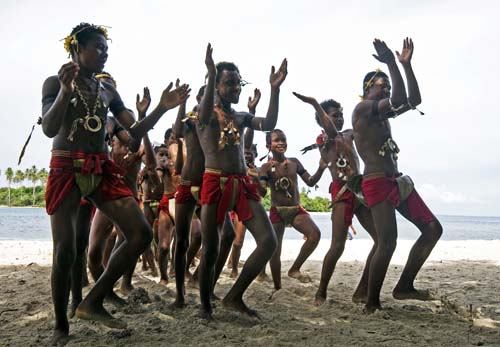 Dancers, Trobriand Islands
Dancers, Trobriand IslandsThere are several interesting places to explore in Papua New Guinea.
I think my favourite spot so far is the Sepik River, if you can do an overnight stop (not just a 'day visit'). The Sepik river is unusual in New Guinea, as it is realtively flat floodplain, wheareas most of the rest of the island is typically mountainous.
The Bismarcks, the islands of New Britian and New Ireland offer very steep bright green rainforest slopes right along the edge of blue water. Much of the island of New Guinea is volcanically active, and one of the most exciting places to visit if you are geologically inclined, is Rabaul Harbour, the biggest port in the Bismarcks. There is great coral reefs and snorkelling to be had throughout the Bismarcks, as well as the south coast outside Tufi Fiords, and on remote islands, such as Tuam.
Off the north coast of Papua New Guinea is a little known island known as Alim Island. This has a great colony of Red-footed Boobies and White Terns. If you are in the town of Alotau, the capital of the Milne Bay province and a common entry point, there is an interesting little tour you can take to Damewewe Caves where you see the bats and giant spiders. Also in the south east are the D'Entrecaustax islands, including the Dei Dei Hot Springs on Ferguson Island.
There are a few tour companies that do Papua New Guinea. One of the nicest, safest and most efficient ways to explore some of the country, if you have the money, is by expedition ships, including Coral Princess Cruises (now Coral Expeditions), Silver Sea and Noble Caledonia. I have worked for all of these companies in New Guinea. However, while they have snorkel set ups and occasional nature walks and zodiac cruises, they are not specifically set up to see loads of species. For birders, North Queensland based Phil Gregory conducts tours there every year with his company Sicklebill Safaris.
Peru
Personal experience: I was fortunate enough to explore southern Peru independently in late 2017.
Peru has a wide range of altitudes and thus habitats, from alpine grasslands in the Andes, to lowland rainforest and rivers. This results in a staggering diversity of species. If you are a keen naturalist, you will never get bored!
The country is easy to get around, with good flights, buses, and private cars. There are lots of different accommodation types, from very cheap local hotels to expensive resorts, but best of all, there is a great range of excellent nature lodges. You can spend a lot of money in Peru if you want, but generally local transport, accommodation and food is cheap.
After checking out a few options, and weighing the best mix of biodiversity and some culture, I explored Southern Peru from Cusco (including a day at Machu Picchu). This included the fantastic Manu road, which transects a range of habitats from the Andes down to the Amazon. I stayed at some excellent lodges at great locations, including: Waychega Lodge in the high altitude grasslands and cloud forest, Manu Paradise Lodge & Cock-of-the-Rock in the mid-altitude subtropical rainforest, Villa Carmen in the rainforest foothills and in Amazonia Lodge in the Amazon lowland jungle.
Philippines
I have visited the Philippines many times, including private trips and working on expedition ships.
I have worked with quite a few Philippino crew on ships over the years and have found them to be generally fun, good humoured and hardworking. Thus, I have always wanted to visit the country, but of course, the main reason is biological. It is a fairly major part of the South-east Asia biogeographic region, but also forms its own sub-region in its own right, with many endemic rainforest plants and animals. It is also an area of high coral reef diversity, and part of the vast tropical Indo-Pacific coral reef biogeographic area.
As part of south-east Asia, the Philippines has many of the advantages (there are many) and some of the disadvantages of the general region. Some of the usual advantages are the general good value of everything..
So everything is cheap! Food, accommodation, travel. The currency is Philippine Pesos, and 100 pesos equals about U$2.50. Food is generally fine and available everywhere. Accommodation s great value, you can usually get your own room for 500-1000 pesos. If you pay more than that, you'll get a nicer room with hot water and cable TV etc.
Transportation is cheap and everywhere. The roads are surprisingly good, and you can usually get anywhere you want, with ships, boats, tricycles (both human powered pedal, and motorcycle joined), motorbikes, habal-habal (motorbikes with extended seat so you can sit on there with the driver - hang on!), taxis, 'jeepneys', buses and planes everywhere! Even the plane journeys are very cheap, thanks to Cebu Air and the less reliable Zest Air (the former offers a very cheap base airfare, with which you then add on extra luggage, seat preference, insurance, etc etc).
Communication is fairly straightforward. Because of the U.S.A military bases and continuing influence of western culture, English is widely spoken.
Unfortunately, despite the theory of diversity and many endemic species, the Philippines has not developed ecotourism or birdwatching for either domestic or international tourism. It is quite strange. Unlike Thailand, Malaysia, even Indonesia, for some reason the Philippines hasn’t got any set ups for birdwatching and other wildlife-watching. No lodges, no feeders, nothing. There is only place so far I have stayed at that is sort of like a lodge (Nuts Huts, see below). Let me know if you know of anything and I will check it out. So you have to adjust accordingly and pick accommodations and use them as 'nature lodges'.
With over 7000 islands, there are obviously lots of possibilities in the Philippines. For easily accessible and great coral reefs, Panagsama Beach, Cebu. For some nature and birdwatching of the Luzon lowland rainforest, head to Subic Bay. For some nature and birdwatching of the Luzon mountains, you could head to Mt. Maikiling. I was keen to check out a possible lodge where they might have some birding, called BK Valley Lodge, but they were not answering emails, so I presume they are closed. For the Chocolate Hills and wildlife such as Tarsier, there is the island of Bohol. To enjoy a rainforest experience, stay in one of the very few lodge type accommodations in the Philippines, at Nuts Huts. At the southern end of the country is the long and forested island of Palawan. Due to land previous bridges with Sundaland, the flora and fauna here is much more like Borneo. And to swim with the whale sharks, go to Donsol, Luzon.
Scotland
I visited Scotland with Noble Caledonia. The more remote coasts of Scotland, (and Ireland and England) are great for seabirds, including puffins, guillemots, petrels, and all their breeding colonies. It is also one of the most likely places to see the second biggest fish in the world, the Basking Shark. One of my favourite spots there is the remote St.Kilda Islands.
Seychelles
Personal experience: I have been lucky enough to explore many of these islands over two seasons in expedition ships with both Silversea and Noble Caledonia.
The Seychelles is a nation made up of islands located in the western Indian Ocean, north of Madagascar. It is often divided into the easier to get to 'granitics'; (islands with some altitude, rainforest, endemic land plants and animals, and where most people live) and the atolls (more remote islands that are fairly flat and with very few people). These islands are a great place to visit on expedition ships. One of the island groups is Farquhar Atoll.
Singapore
Personal experience: I have stayed, visited, and passed through Singapore many times for expedition stops, transits and for fun many times.
Singapore is a well developed country that is pretty much made up entirely of a city and its surrounds. It is a vital hub when you are travelling in south-east Asia, for you can get flights from here to anywhere; (quite cheap, too, with Tiger or Air Asia). As such, space is at a premium, and this real estate (and hotels) are expensive and rather cramped compared to neighbouring countries. A great and well located little backpackers with dorms and rooms is: Inn Crowd. But it is a nice respite from the hassles and mess of the rest of south-east Asia. You can also get a lot of equipment here that you may not be able to buy in other neighbouring countries; such as photographic and computer gear at Simlin Tower. Included in this city are some great bookstores: including the huge book store Kinokuniya (in the Takashimaya Mall on Orchard road).
For nature and wildlife, there are some small pockets of rainforest (but you are so close you may as well go into Malaysia and go to Taman Negara). For naturalists interested in getting some close up photographs of animals they missed in the wild, or will never see, the highlights are: Jurong Bird Park and Singapore Zoo. And in fact, both these areas have lots of local free wildlife around, including around Singapore Zoo, there are often tiny fruit bats hanging in the ceilings of walkways.....
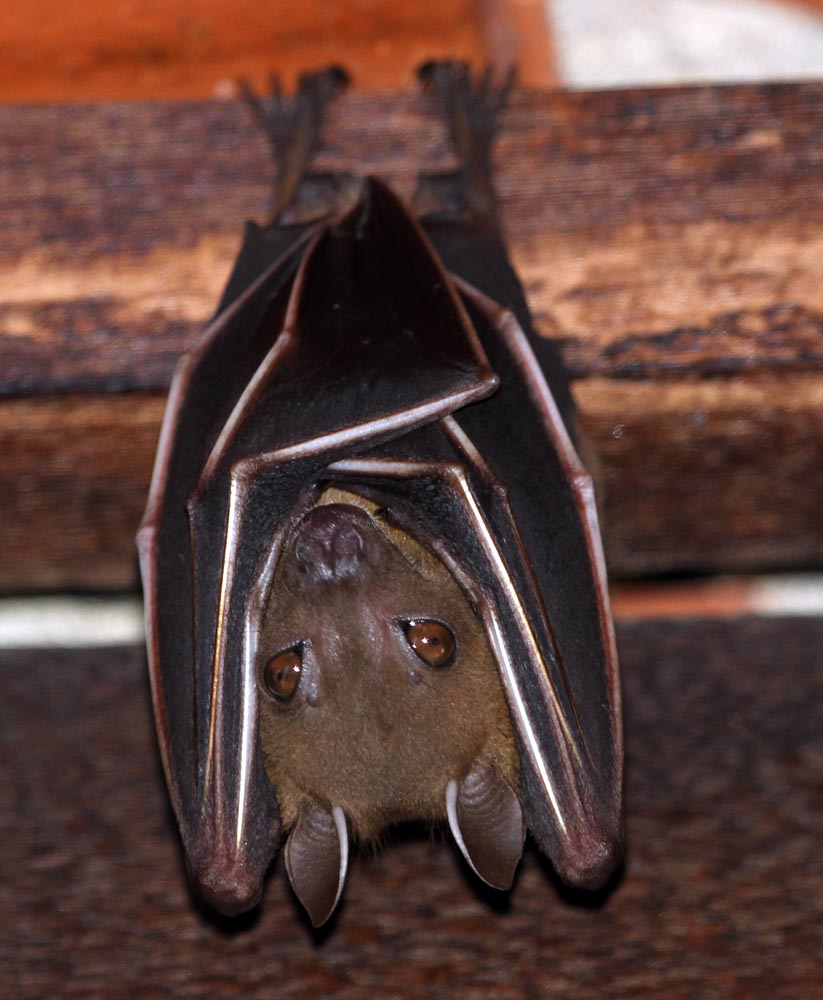 'Lesser Dog-faced Fruit Bat' are common even in urban areas in Singapore
'Lesser Dog-faced Fruit Bat' are common even in urban areas in SingaporeSolomon Islands
I have been lucky enough to visit the Solomon Islands almost every season since 2005 on board four different expedition ships. The islands include some of my favourite coral reef snorkelling spots.
(The) Solomon Islands is a large group of almost 1000 islands that comprises it's own nation. The islands have been inhabited by people arriving from the west perhaps over 30,000 years ago. The first European to discover the islands was Spanish explorer Mendana in 1568. The people of the islands became the victims of a form of slavery known as 'blackbirding', getting kidnapped for work such as sugar plantations in Queensland. Thus, the English set up a protectorate over the islands in 1863.
The Solomon Islands gained their independence just over a century later in 1976-1978. During World war II, some of the islands became infamous battle grounds between the Japanese and Americans, including places such as Guadacanal and Kennedy island. Thus, today, there are quite a few wrecks that can be dived. In more recent times, there has been continuing issues with Papua New Guinea over Bougainville.
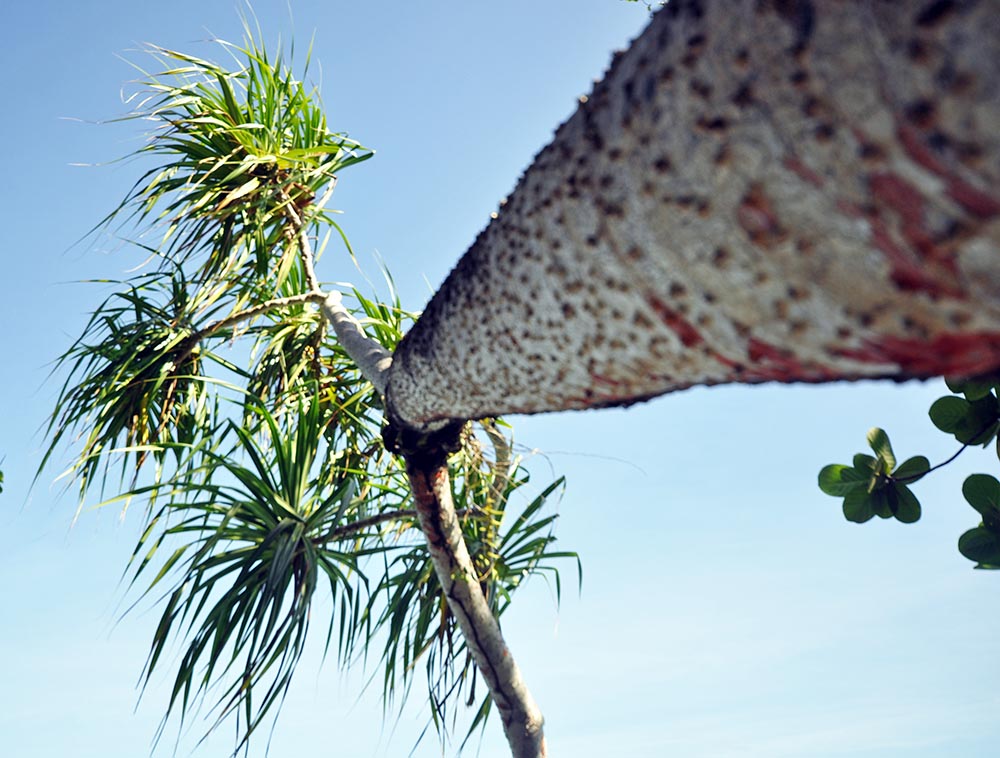
The Solomon Islands are an amazing destination (on a ship). They are still relatively undeveloped and thus have much intact rainforest and feed and many small villages. The birdwatching is good and the islands include the best coral reef snorkeling I have ever seen.
Some of my favourite spots include: The coral reefs of Kennedy island, near Ghizo. My favourite spot for snorkelling is the resort of Maravagi. One of the prettiest island groups and best coral reefs is Marovo Lagoon. An important reserve for birds and turtle nesting are the Arnavon Islands
South Africa
I have visited South Africa several times. The first time was part of two months travel in southern Africa. I had the opportunity to go there when the flight prices came down, due to the lifting of apartheid. (That tells you how long ago it was!). The most recent visit was in March/April 2018 and December 2018.
South Africa is the continent's most developed country, with the largest economy. However, many things are still very good value for the foreign visitor, especially with the exchange rate of the dollar to the South African rand. The country still has a bad reputation for personal safety, so be careful when in the big cities such as Johannesburg, Cape Town and Durban.
Compared to most other countries in Africa, there are two distinct advantages. One, the set up is very good, with great facilities (fences that keep the animals out at night! except for bush babies and jackals?). Two, you can hire your own car and go at your own pace, stopping when and where you want.
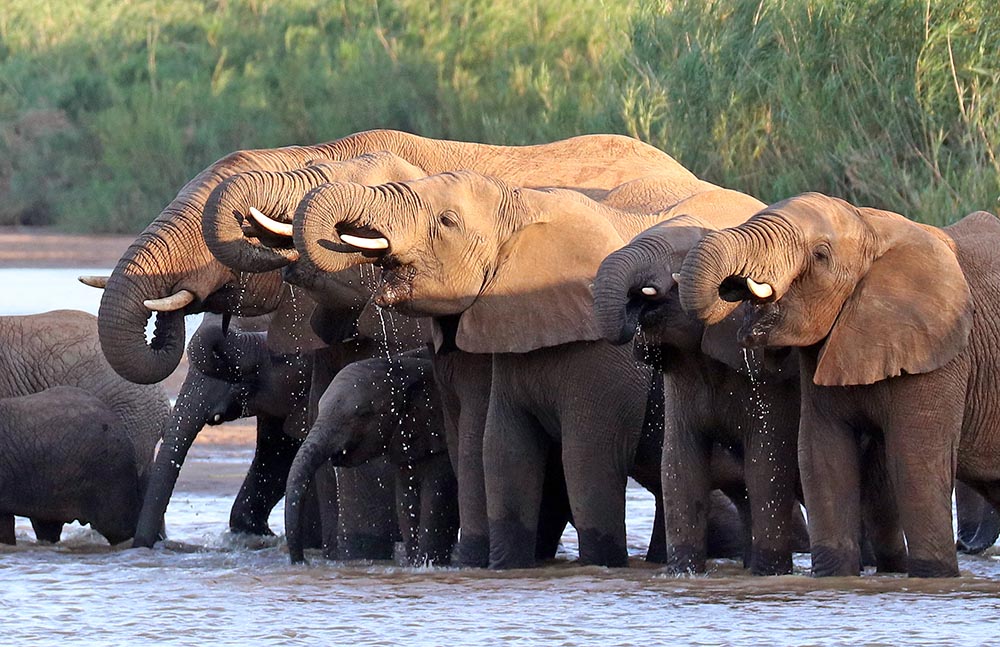
Durban, Richards Bay and Hluhluwe-Imfolozi Park. This part of the coast is very pretty, and well known for it's cool rich waters and SCUBA diving. Inland, there are various state and private game reserves, including the famous Hluhluwe-Imfolozi Park.
There are other great places to visit. If entering the country via it's southerly centre, Cape Town is a pretty town and is a nice 'rest' from Africa further north. Of course most people visit Table Mountain for the views. On the other side at the base of these mountains is Kistenbosch Botanical Gardens.
While in the region, birders can stay slightly out of town at Avian Leisure. Also in this area is a great place to see African Penguins and other sea birds, called 'the Boulders'.
the Garden route. You can follow the coast east of Cape Town and head through many settlements and parks and enjoy great views along the way. This is known as the Garden Route. Along some parts of this coast is temperate rainforest. The settlements here include Knysna and Nature's Valley where there are beautiful walks and nice accommodation.
Sri Lanka
Sri Lanka offers some of the easiest bird and wildlife watching in tropical Asia.I explored Sri Lanka in November/December of 2016. One third of the time I was on a private expedition, the other few weeks were spent travelling independently.
Sri Lanka offers the chance to see many different bird and other wildlife species. Wildlife-watching is fairly easy in Sri Lanka. Unlike many other parts of tropical Asia, the animals are not hunted or harassed as much, and thus they do not disappear at first sight. There are also many endemic species, a number of which are relatively easy to see. Even in urban areas, and especially small villages and agricultural areas such as rice paddy fields, many types of birds and reptiles are common. Many clothes and meals are quite cheap (especially the local versions), and accommodation and tours are often good value.
There are a few disadvantages. Occasionally a local person can be competitive, aggressive or pushy. Many of the national parks are regulated and many do not allow private access or walking. Although distances are small, it may take a surprisingly long time to drive from region to another. Whether you are walking or driving you will get sick of the constant and often unnecessary beeping of horns. However, in terms of a nature and wildlife destination, the advantages outweigh the disadvantages.
There are some 34 species of birds that are found on the island and nowhere else. Some of these are common, and many can be seen with just a small amount of effort. In fact, there are several specialised tour companies with dedicated guides that can make a good effort to find all of these endemics for you in a few weeks. Sri Lanka is also good for reptiles. There are several attractive widespread lizards such as Green Garden Lizards, that are easy to see, and several endemics, such a 'Rhino-horned Lizard'.
Sri Lanka is reasonably easy to travel around. There are hotels of different prices everywhere. There are many transport options, including private cars, trains, buses, and locally there are tuk-tuks. In Colombo, many taxi drivers can arrange private car and tours across the country for very good rates. For $50-100 you can hire your own driver and vehicle to take you across the entire island for as long as you want. There are also more specialised companies that have wildlife focused guides. I used 'Walk with Jith" for a week long package of national parks, and the guides with this company are very knowledgeable about their wildlife and if required, they can focus on locating endemics.
There are many national parks and reserves. The closest wildlife area to the entry point and biggest city of Colombo is Talangama Wetlands; here you can see many freshwater wetland birds and get a great introduction to some of the more common open country birds. The highest altitude area to access is Horton Plains, and this area has a number of montane plants, reptiles and birds, many of which are endemic to Sri Lanka. The most visited area of national parks is in the south-west, where they are explored 'safari-style' in jeeps. They include Yala National Park, including Lunugamvehera , as well as Bundala National Park and Udawalawa National Park. To see many of the other endemic birds you have to spend some time in the rainforest. Most birders head for Sinharaja, but I find this place over-rated and some of the national park staff quite nasty. The other better alternative is Kithugala and the Kelani Reserve. This area offers nice views of the river, and good birding in the more open village, as well as beautiful walks in the national park without having to be baby-sat by a ranger.
Tanzania
Personal experience: I visited this country in late 2018 and 2020. I haven't done much wildlife searching yet, and have just done a couple of visits along the coast with expedition ships, including to the impressive Kilwa Ruins, an island of abandoned ruins that reflected the busy coast of East Africa centuries ago when the region was important for trading.
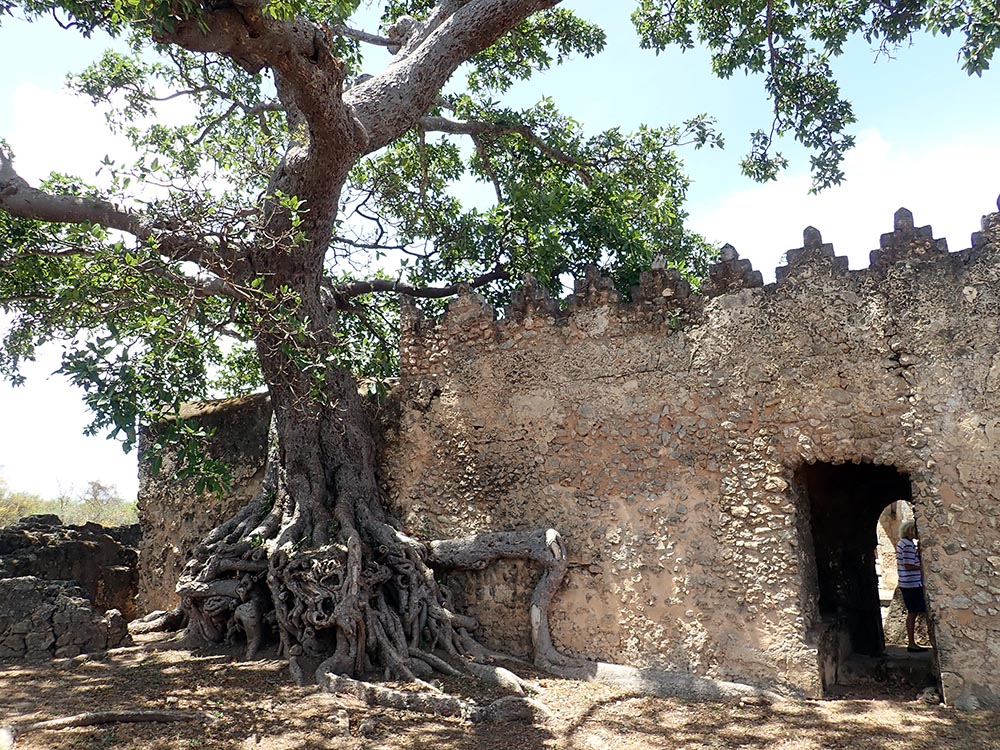 Kilwa Ruins
Kilwa RuinsThailand
An easy to visit country with beautiful people, great food and an array of national parks and wildlife.
Personal perspective: I have been to Thailand many times, as a backpacker and naturalist on private trips, and on expedition ships. I am now based here between expeditions.
This is one of the prettiest countries in south east Asia. It is very safe; you can wander around the city of Bangkok in the middle of the night and not worry. While things are not as cheap as they used to be, it is still very good value. Of course it has great food, but you can still get your standard western meals if you like. And the country is famous for it's friendly and attractive people. Best of all, it has some great national parks, many of which are easily accessible.
The currency is the Thai Baht. Thailand physically takes up much of the central part of south-east Asia. The country stretches for over 1000 kilometres south to north, so there is much landscape and biological diversity. In the south it borders Malaysia, and is hot and wet, with tropical rainforest. In the centre is Bangkok, and with more open forest and woodland. And in the north, around Chiang Mai, there are high mountains (Doi Inthanon at 2500 metres is the highest), highland forest, and much cooler temperatures.
There are over 100 national parks in Thailand. One of the my favourite national parks is Khao Sok, a few hours from Phuket. It is home to typical lowland south-east Asian rainforest, with birds and monkeys and heaps of 'little critters' such as reptiles, frogs and butterflies. Just outside the park is a nice place to stay called "Our Jungle House".
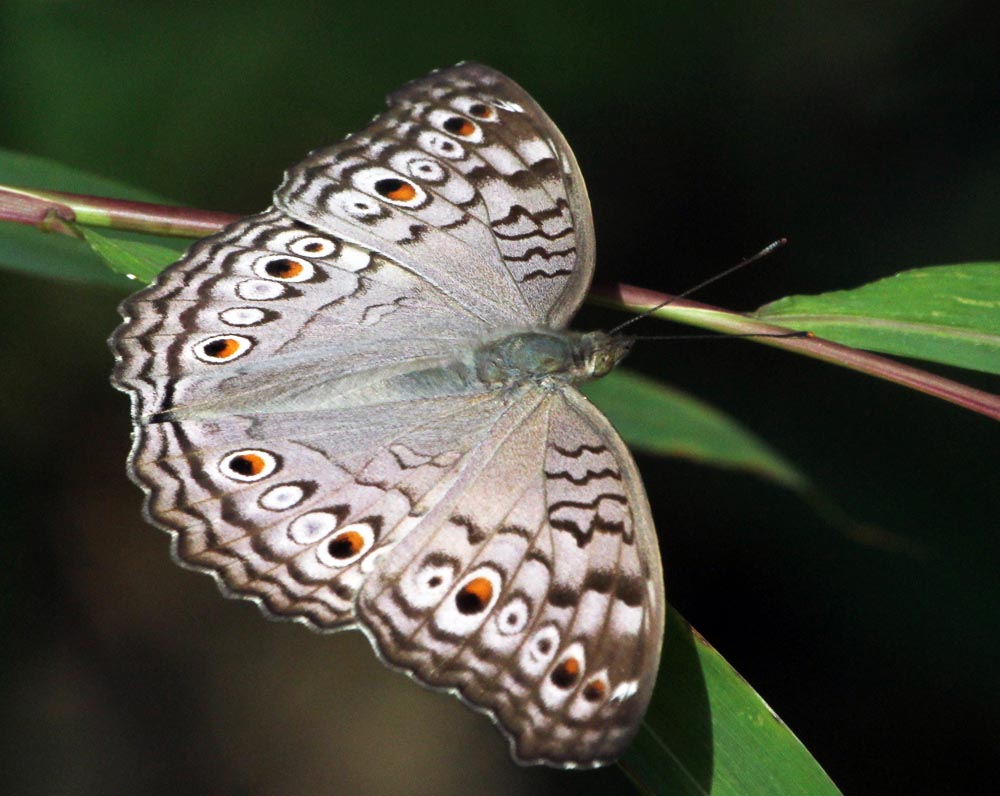 'Butterfly' means a few different things in Thailand, but here is a real one
'Butterfly' means a few different things in Thailand, but here is a real oneAnother great spot is Khao Yai National Park, a few hours outside of Bangkok. This has more woodland, and open areas, and heaps of walks. It is great for some of the larger animals, such as hornbills, macaque, and elephants. Also just a few hours drive from Bangkok is the countries largest national park, Kaeng Krachan, including Pala-U Waterfall, and with many bird lodges including Samarn Bird Camp and Baan Maka Nature Lodge.
And for higher altitude rainforest, there is Thailands highest mountain, easily accessible and with good birding, in Doi Inthanon National Park, where you can stay at Doi Inthanon Highland Resort.
Tonga
I have visited Tonga about half a dozen times with several expedition companies. Being small and remote islands means there is not much land-based wildlife. The only mammals are flying fox. In terms of wildlife watching, Tonga is best known for it's Humpback Whales and the chance to swim with them. The capital is Nuku'alofa and on the island of Tongatapu. On the other side of the island are an impressive line of blowholes. I have visited the volcanic island of Tofua three times but not landed.
Uganda
Uganda has great range of ecosystems and wildlife, from classic African safaris in the savanna, to trekking for gorillas and chimpanzees in the jungle.
Personal experience: I explored Uganda on a month long trip in October-November 2019.
If you don't want to be on a tour and stuck with other people, and you want to have the freedom to do your own thing when you want and at your own pace, then you might consider hiring a car. It is possible in Uganda, with various companies, including Self Drive Uganda (this is who I used). In the office, Joy can also organize gorilla trekking permits.
Be warned, it is not the sealed roads and nice road stop cafes of South Africa. The roads in Uganda are rough! especially in the wet season, and even the 'main' roads connecting the towns. There is continual road construction and lots of very slow trucks that will drive in the middle of the road and not make it easy to pass safely. But it makes you appreciate the sealed roads when you get on them.
Finding your way around can be tricky sometimes; Google Maps steered me the wrong way several frustrating times (sometimes the 'shorter way' is not that, and downright dangerous), navigate using old-fashioned maps in conjunction with electronic. The RAV 4 is great, but next time, I might consider a landcruiser, as it has higher clearance for some of the lumps in the road, and the higher seating in the car make finding wildlife easier in the wet season tall grass.
Uganda has a good range of national parks that reflect that different habitats. They mostly have a wide array of accommodations, including basic and cheap to luxury, with mostly mid-range lodges; the latter cater to the small group tours. Getting a good lodge is vital of course. The most important aspect of this is location. It is usually preferable to stay at a place within the national park. However, this also means you have to pay the entry fee every day and you may not be able to walk around much unguided.
Some of the best spots are roads that actually pass through national parks and reserves.
Just outside the capital Kampala is one of the best places to see the impressive Shoebill Stork, at the Mabamba wetlands, Lake Victoria. One of the closest national parks to the big cities of Kampala and Entebbe (although it is still a long half day drive), is Lake Mburo National Park, where you can do the Lake Mburo cruise.
The most famous national park in Uganda is probably Bwindi Impenetrable. One of the most famous national parks is Kibale. This has the best primate watching in the world. To see some birds and good primates adjacent to the national park, there is the community run Bigodi Wetlands. You can stay in the rainforest in the national park at Primate Lodge, or just outside at the pretty Isunga Lodge.
Another famous national park in Uganda is Murchison Falls National Park. One of the most popular actvities there are the cruises up to Murchison Falls. Queen Elizabeth National park is one of the more accessible and heavily visited protected areas in Uganda, and has a variety of habitats and wildlife. Here you can do the Kazinga Channel cruise.
Uganda has wide open savannas, closed canopy rainforest, rivers and lakes. It also has high mountains, and even though the country is located on the equator, there is snow and ice on top of these mountains. They are the Rwenzori Mountains , and I stayed at Ruboni Camp.
United Kingdom
I haven't spent much time in Europe, as I like to travel more for nature and wildlife, but I have explored parts of the United Kingdom's more remote coasts as part of the expedition team for Noble Caledonia.
The United Kingdom technically includes the 'countries' of England, Scotland, Wales and Northern Ireland, and so these are treated separately. They collectively recently voted to remain separate from the European Union.
Some of the interesting parts that are technically part of the United Kingdom are some of the furthest flung islands in the world. All of these island groups have rare and/or endemic species to be seen. Considered the most remote inhabited islands is the Tristan da Cunha group. But I think even more remote are the Pitcairn Island group in the South Pacific. Of course one of the most controversial islands are the Falklands, where many species of seabirds, including huge Penguin colonies, can be viewed close up. For even more penguins there is of course South Georgia.
United States of America
This is where MAD magazine and Star Trek were invented! My experience here was about a month of travelling independently. In terms of national parks and nature, I explored two extremes of the country, California in the west, and Florida in the east. I travelled this area before digital cameras so I don't have much in the way of images.
The U.S.A. is a huge country and therefore has an amazing variety of landscapes, ecosystems and species. The national park system is excellent, as is the interpretation through rangers and books. The state of California is long and varied. It includes coastal desert, high country desert, rainforest, conifer forest, and beaches. On the coast between Los Angeles and San Francisco, you can visit areas where there are huge Northern Elephant Seals lounging about. Also on this coast is the Big Sur National Park, with huge conifers and species such as the Acorn Woodpecker. In the extreme east of the state is Death Valley, which was starkly pretty, but I didn't see a huge range of species. In the nearby state of Arizona is the spectacular Grand Canyon, which is so big it doesn't seem real, and when I was there in the winter, had snow on the edge, and mule deer. On the other side of the country is Florida. Here at the tip of the country is the area called Flamingo, where I spotlighted families of Racoon, and by day saw massive snapping turtles, box tortoises, and manatees.
Vanuatu
Personal experience: I have been lucky enough to visit Vanuatu almost every year for the last decade and a half on various expedition ships.
Vanuatu doesn't have a huge diversity of animals, especially compared to the diversity of PNG further north, or the endemics of New Caledonia further south. But she has some interesting islands, culture, geology and coral reefs.
Vanuatu is perhaps most famous as being the home of the original 'bungy jumping', derived from the land divers of Pentacost.
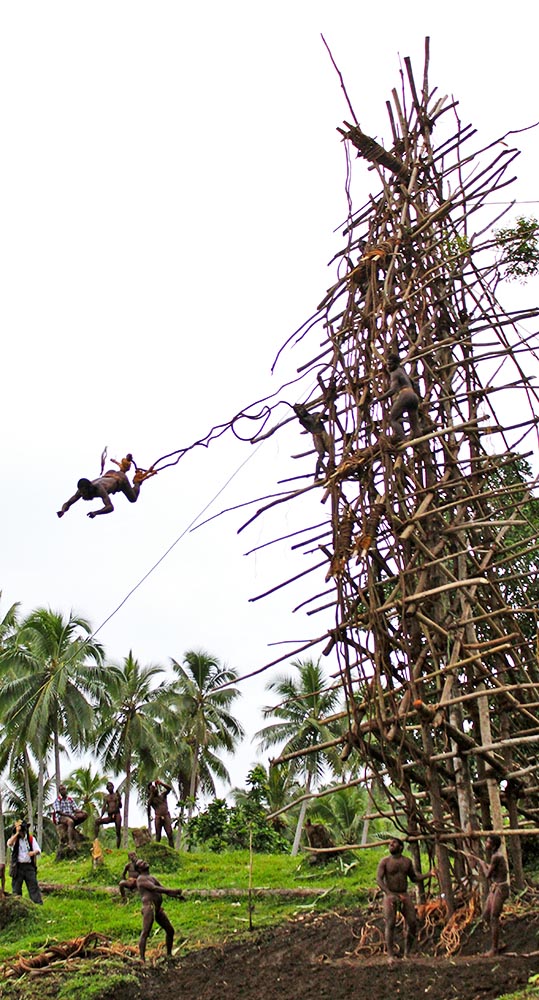 'land-diving' - the inspiration for bungy jumping!
'land-diving' - the inspiration for bungy jumping!It is also home of the lesser known 'water music', where local ladies slap the surface of the water in rhythm while singing. I have seen this performed on salt water and in freshwater (the latter at Ureparapara).
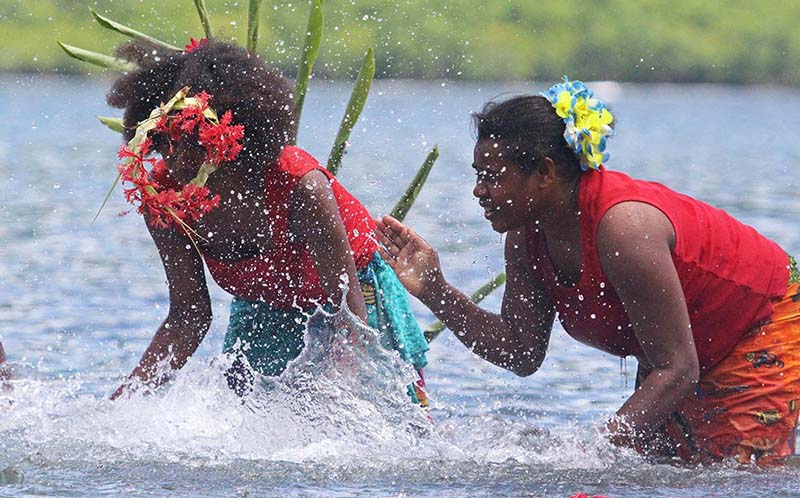 these ladies slap the water so hard they make loud music out of it
these ladies slap the water so hard they make loud music out of itThe island chain also includes islands with very active volcanos, such as Ambrym (pictured below) and Tanna Island.
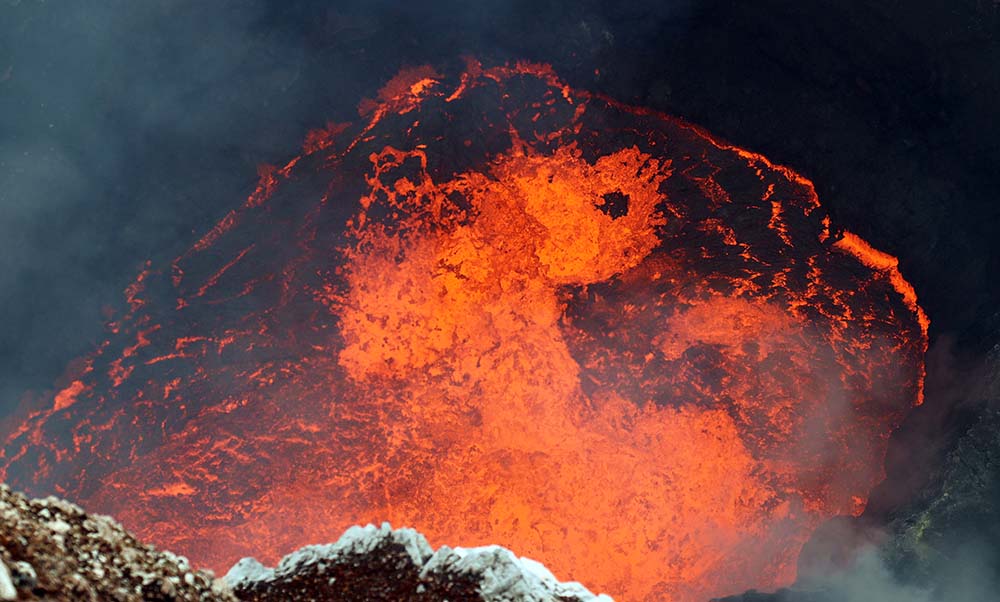 the lava lake on top of volcanically active Ambrym Island (image by Damon Ramsey, www.ecosystem-guides.com)
the lava lake on top of volcanically active Ambrym Island (image by Damon Ramsey, www.ecosystem-guides.com)As well as lots of nice beaches and coral reefs to snorkel, Vanuatu claims to have more freshwater 'blue holes' than anywhere else. There are about a dozen of them along the east coast of Santo, and I havr seen four of them. Water from rainfall seeps through the limestone, then comes to the surface in certain areas close to the coast, where the clarity of the water results in a bright blue. As the water proceeds down the river, it tends to dull in colour. Snorkellers on coral reefs along the coast, such as at Champagne Beach, often experience 'blurring' in the salt water; this is that cold fresh water coming from these limestone fed creeks. Within the blue hole systems are several species of fish, a crab and a crayfish.
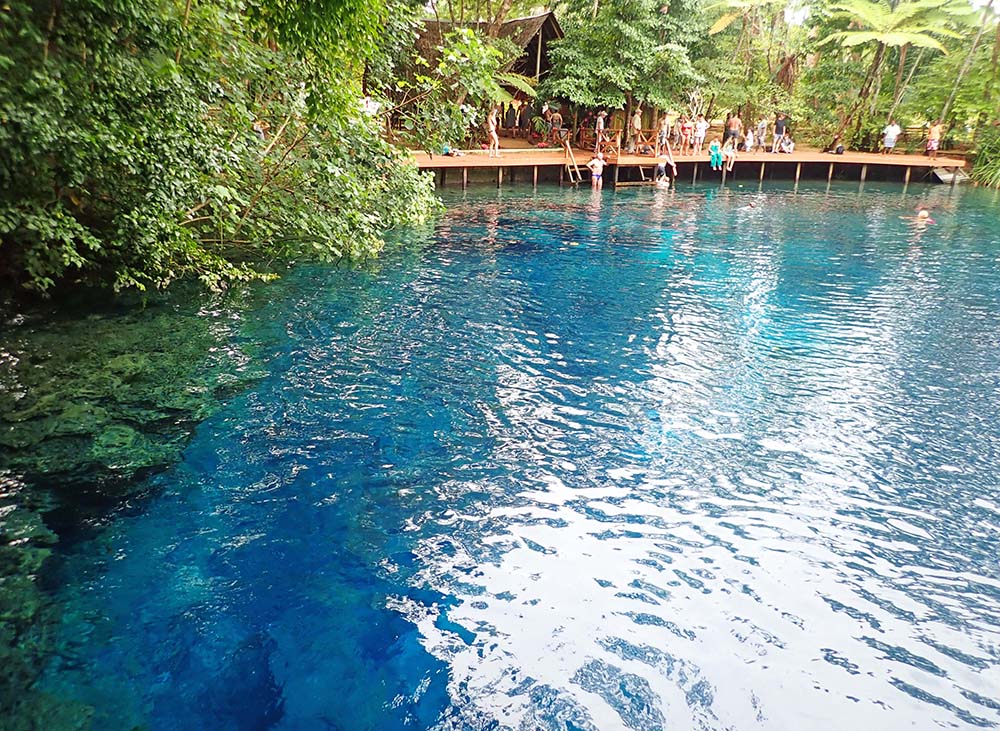
Zimbabwe
Personal experience: I explored Zimbabwe when touring southern Africa for several months in the 1990's. As it was a long while ago, and things change quickly in Africa, I can only give general impressions...
This country was previously known as Rhodesia. When I was there in the 1990's the country was reasonably safe, if a little worn out. However, the nation has experienced much upheaval since then.
One of the main national parks is "Hwange". This park has a problem with it's elephant population. There are too many of them. Bad for the habitat and other animals, great for the tourist. At the waterholes, there were hundreds of elephants visiting over several hours. Dozens would leave the waterhole, wandering off, and dozens more would amble in to replace them.
Another highlight was Victoria Falls, on the Zambezi River, the border with Zambia. This was one of the few spots where you could walk around, as in most national parks you are restricted to staying in vehicles. I stayed at a camping area outside of town, where the blue-balled "Vervet Monkeys" stole my food, and Hornbills scavenged around the grounds. The Falls themselves are spectacular. The canoe tours of the river are great, where you avoid crocodiles and especially the hippos.
